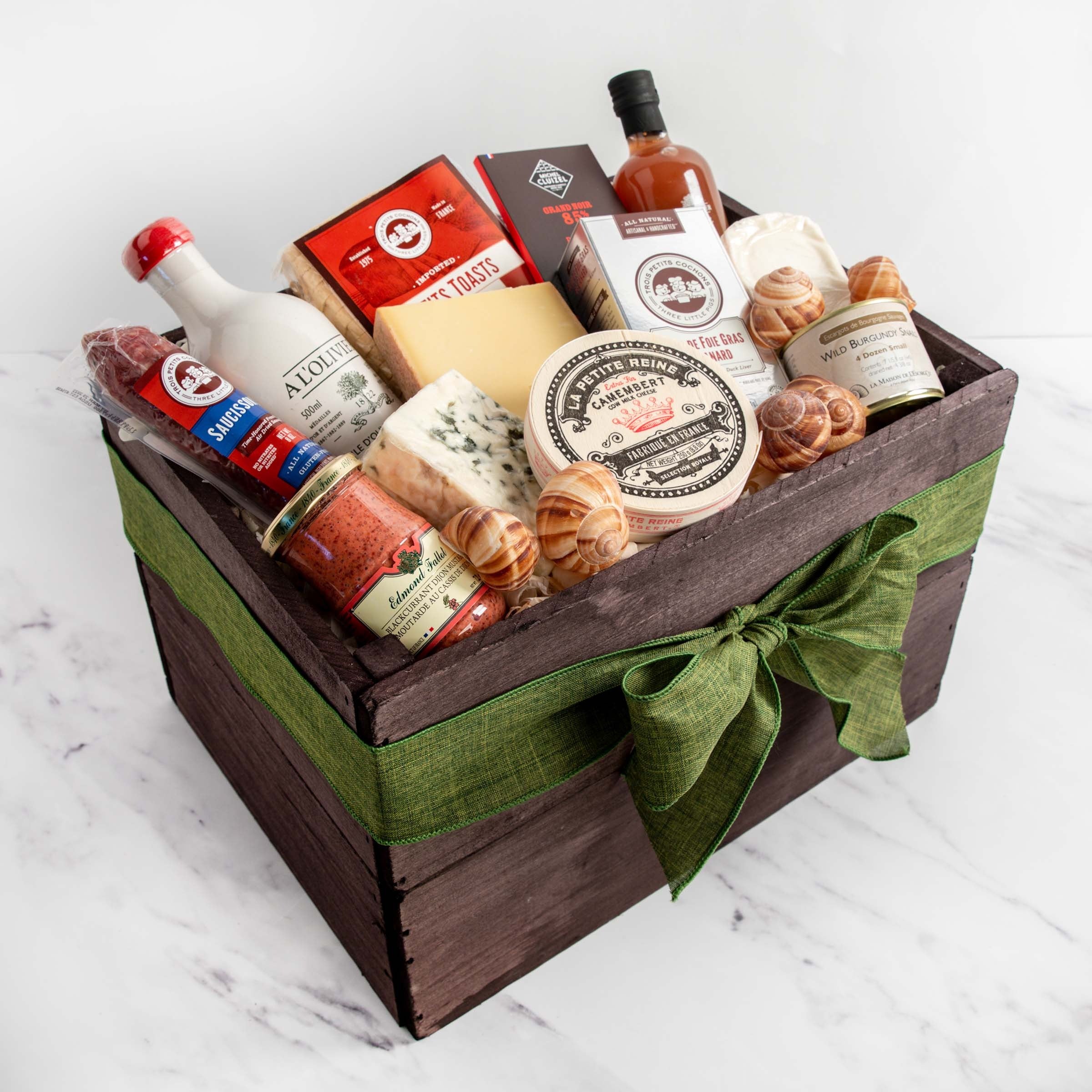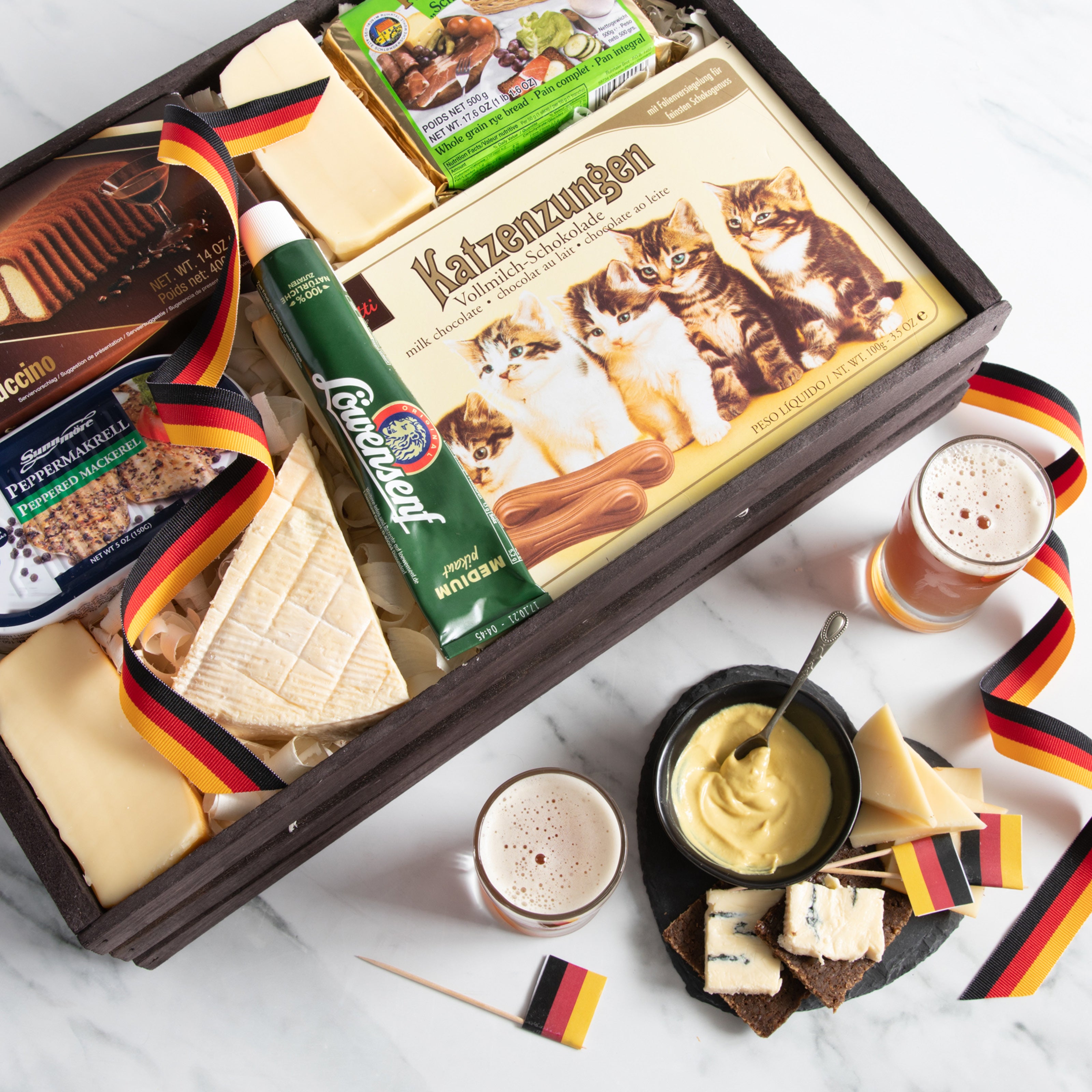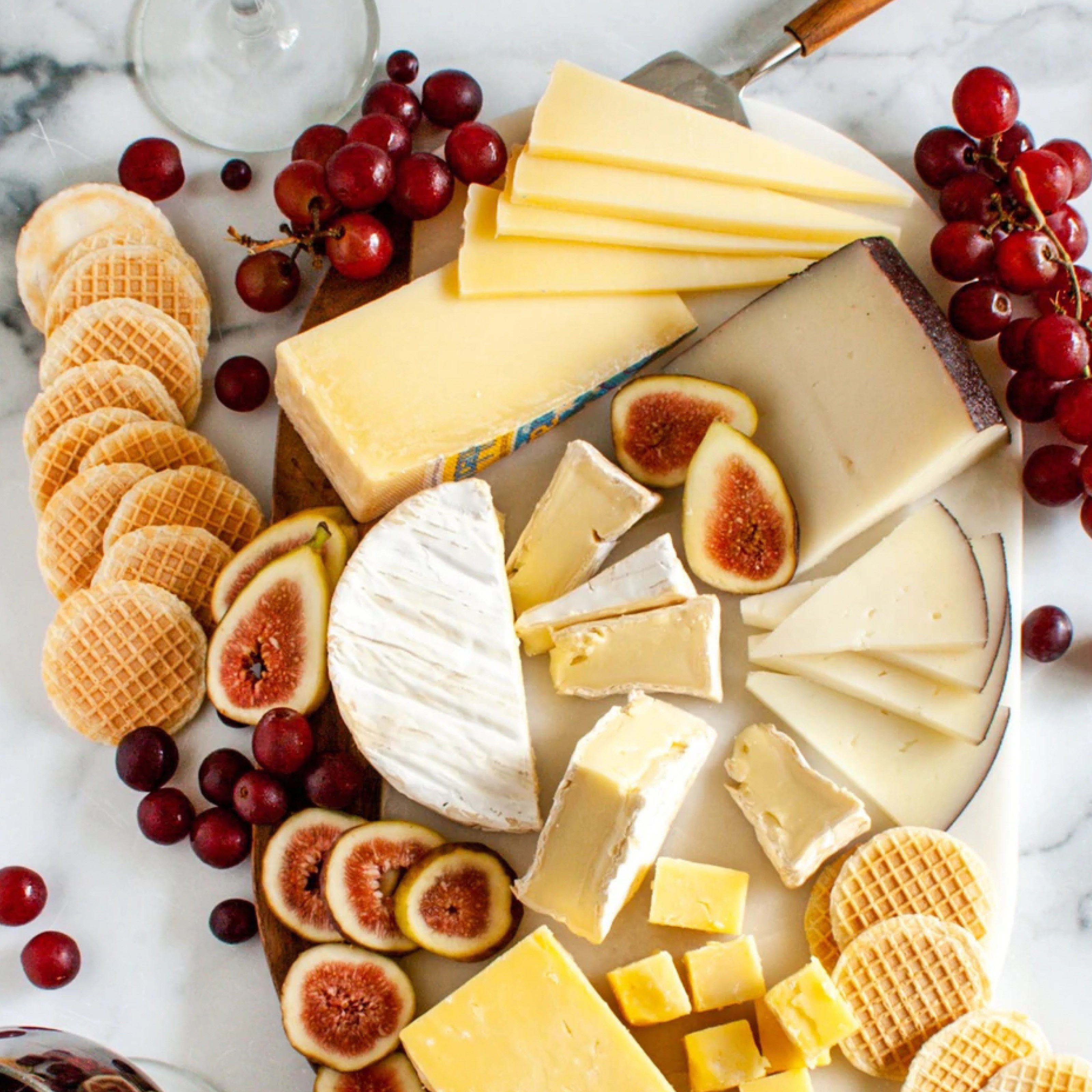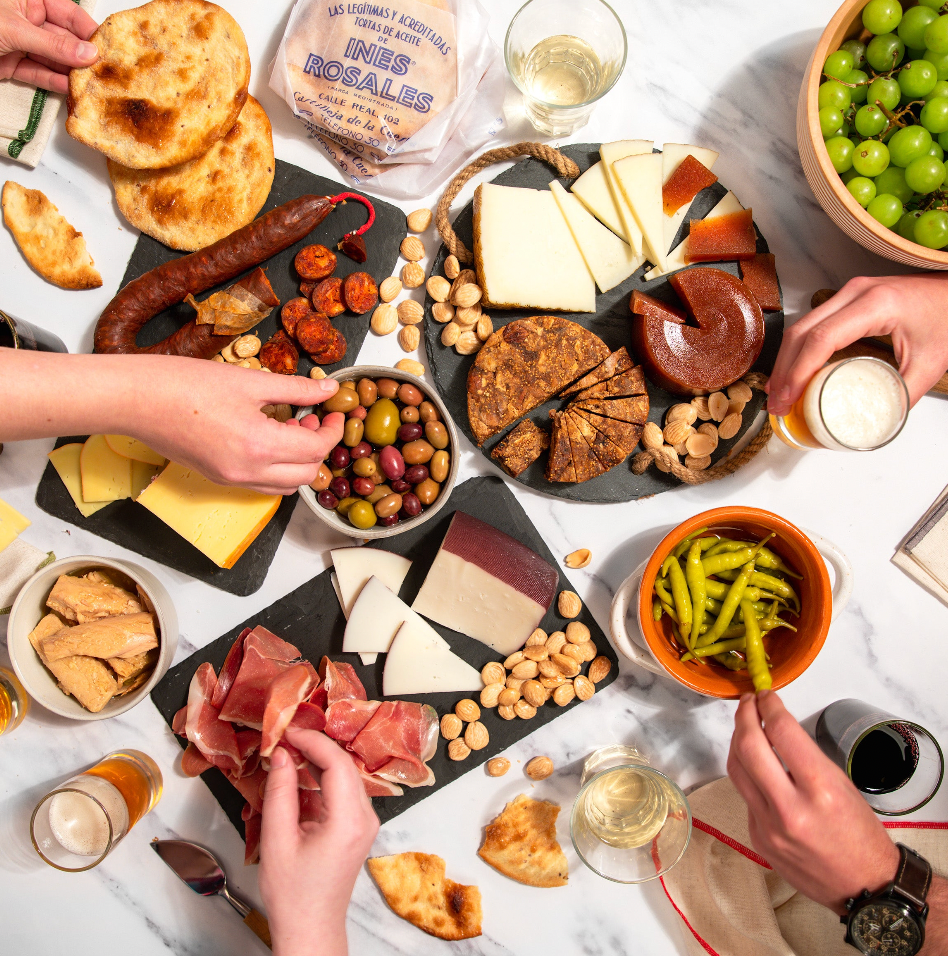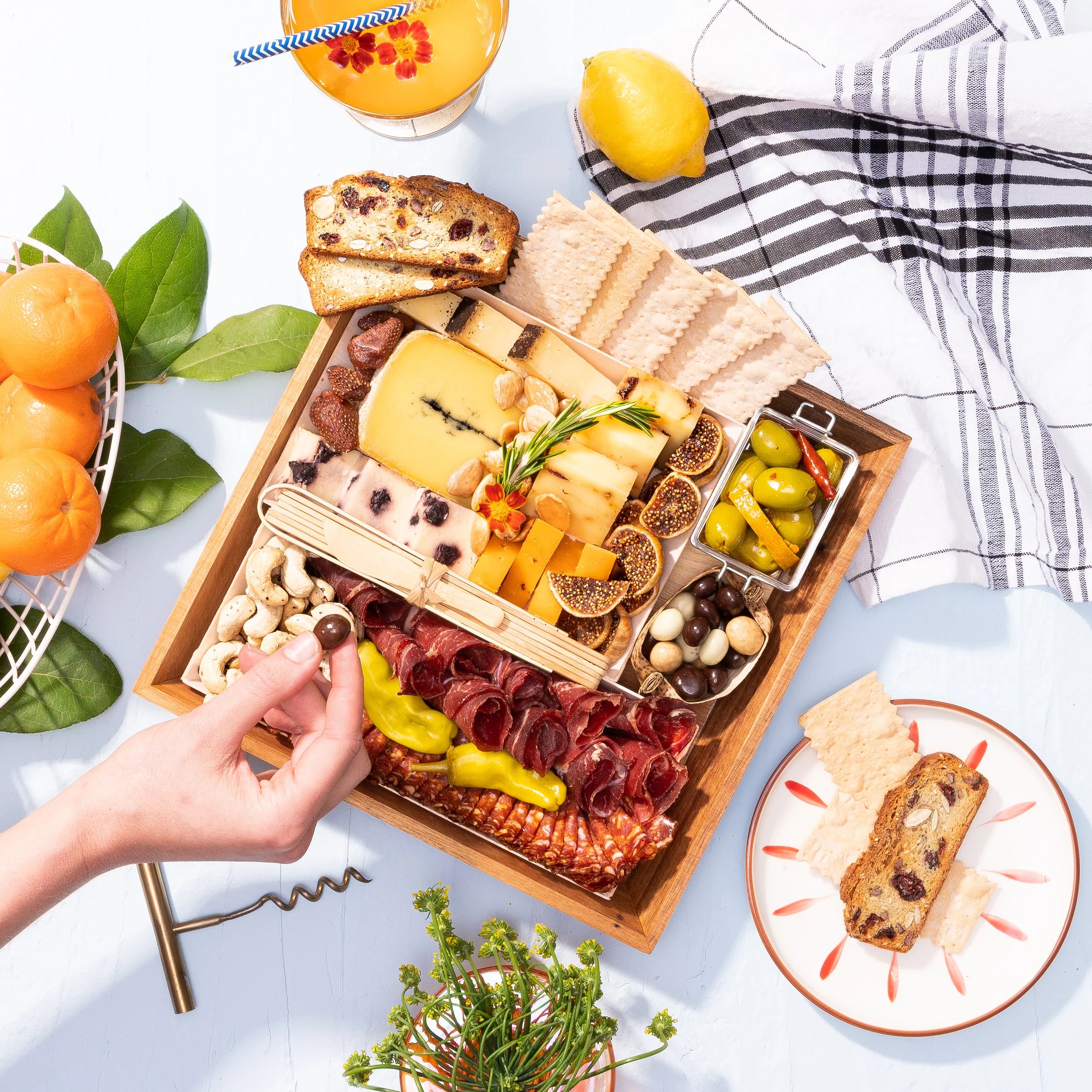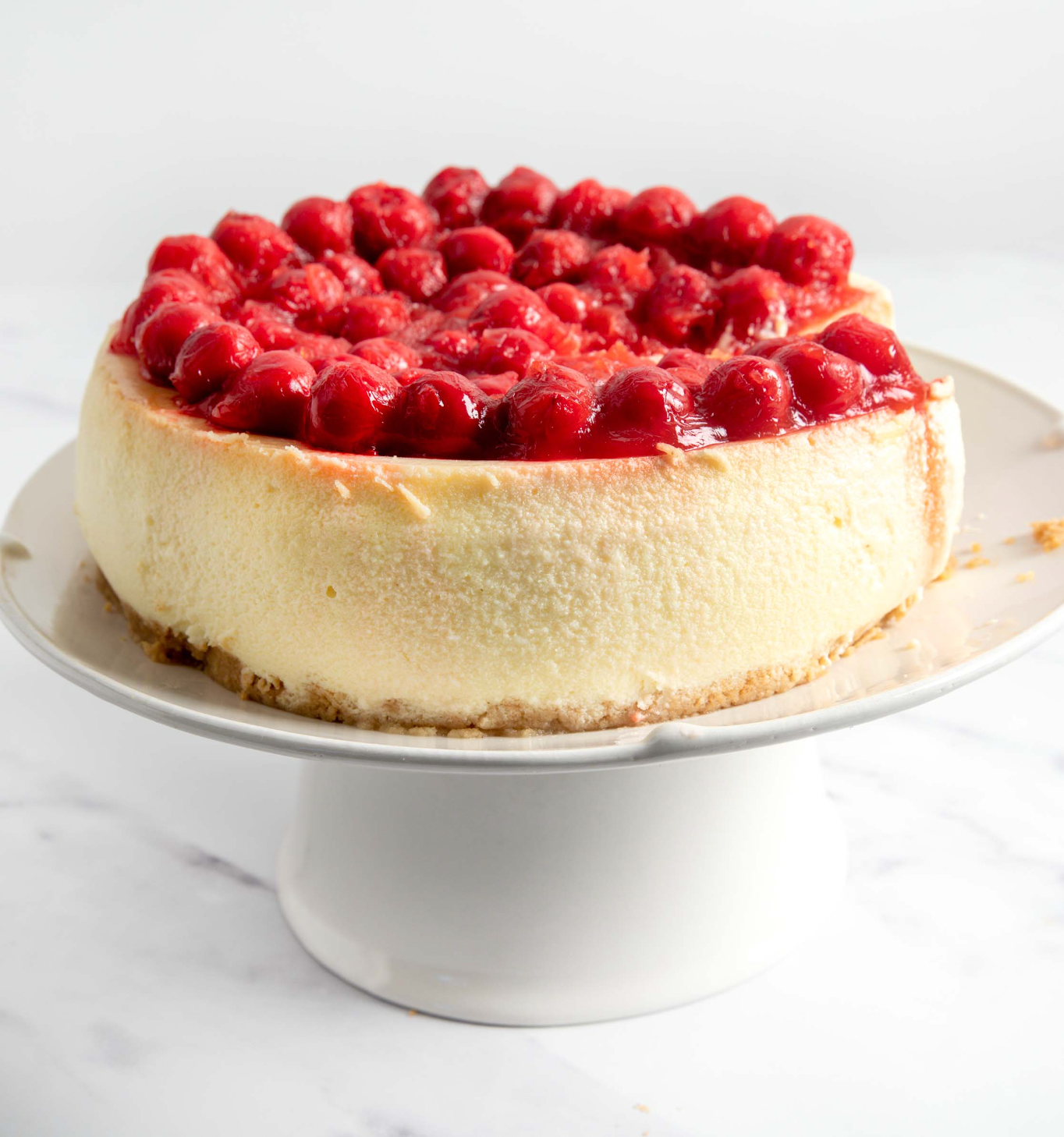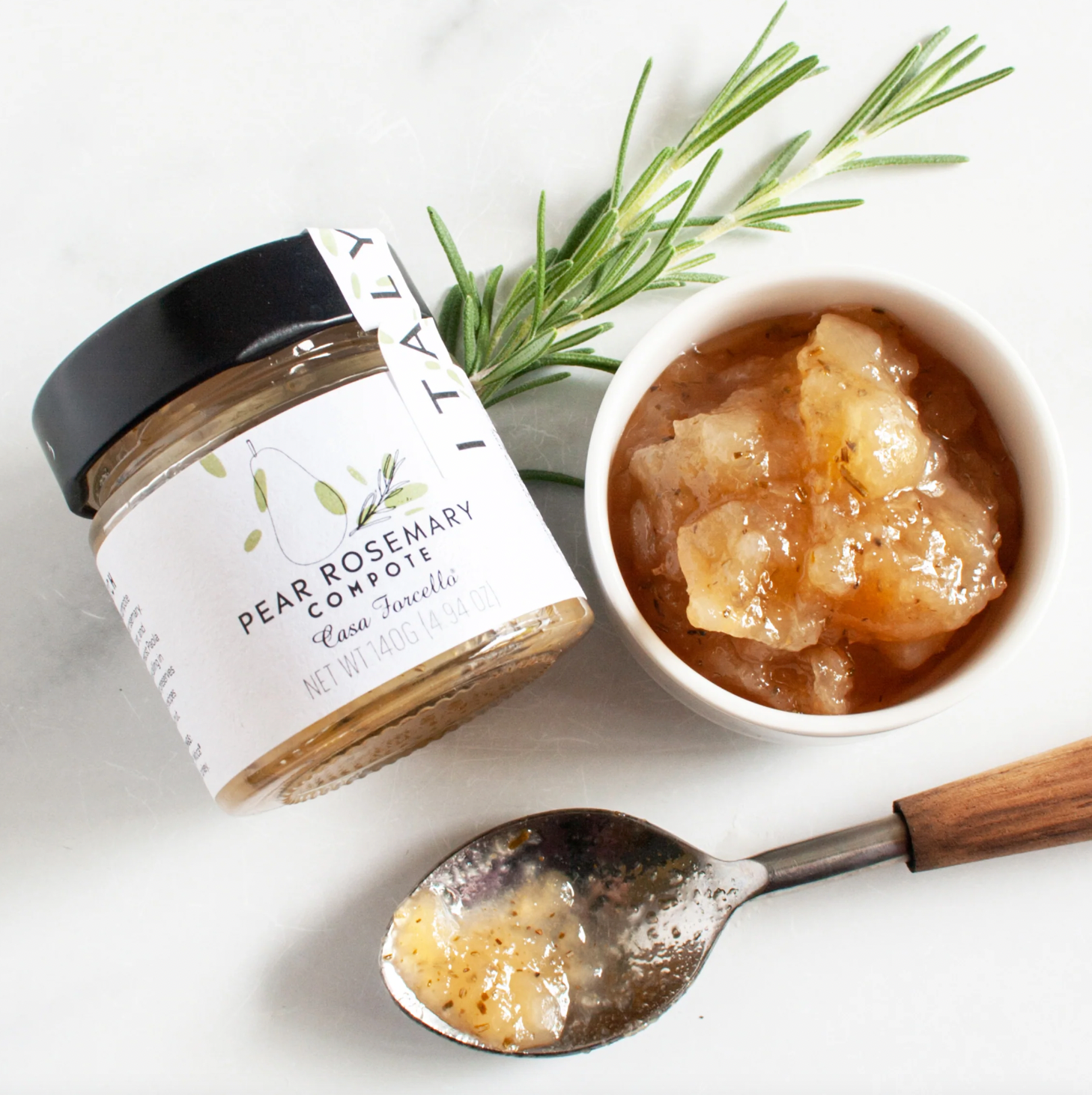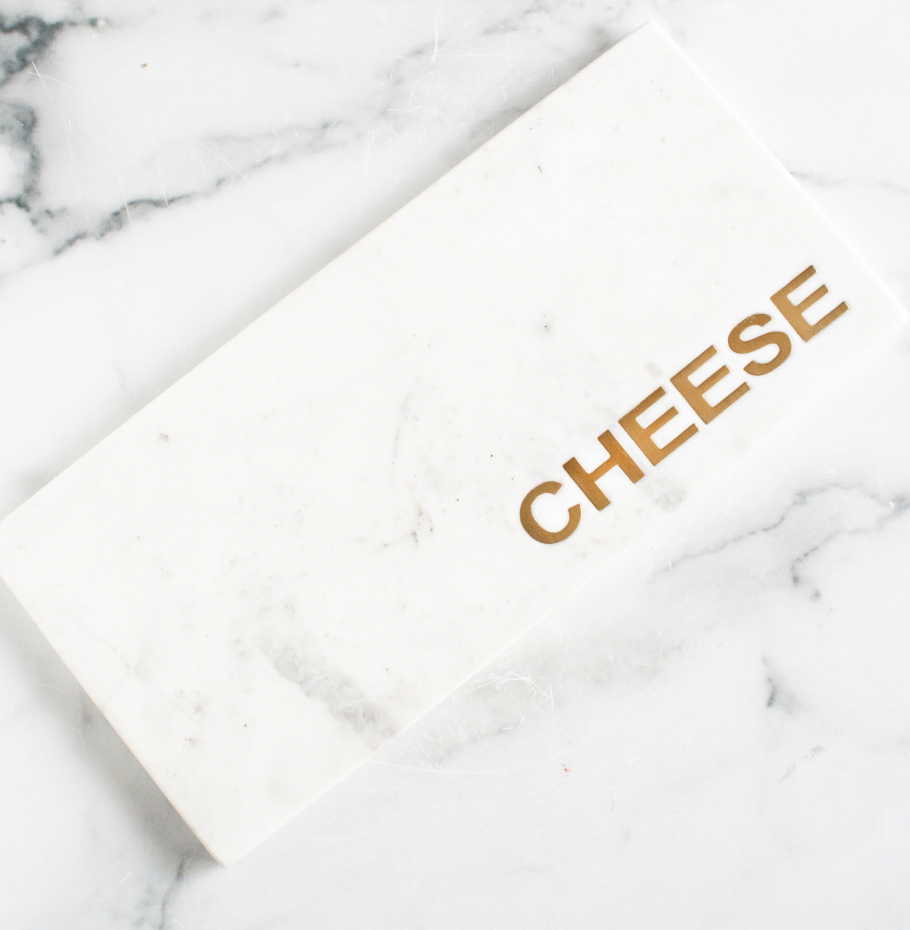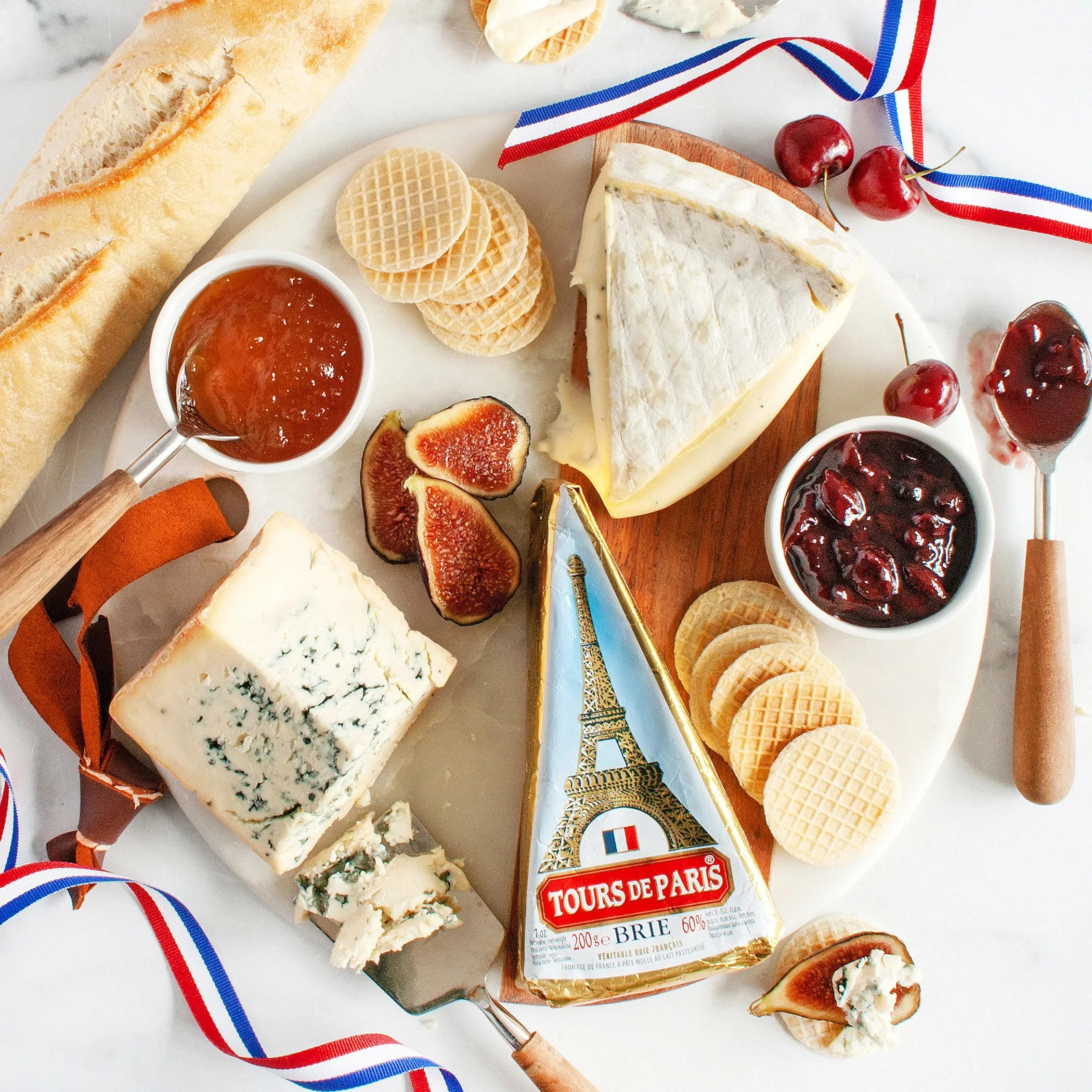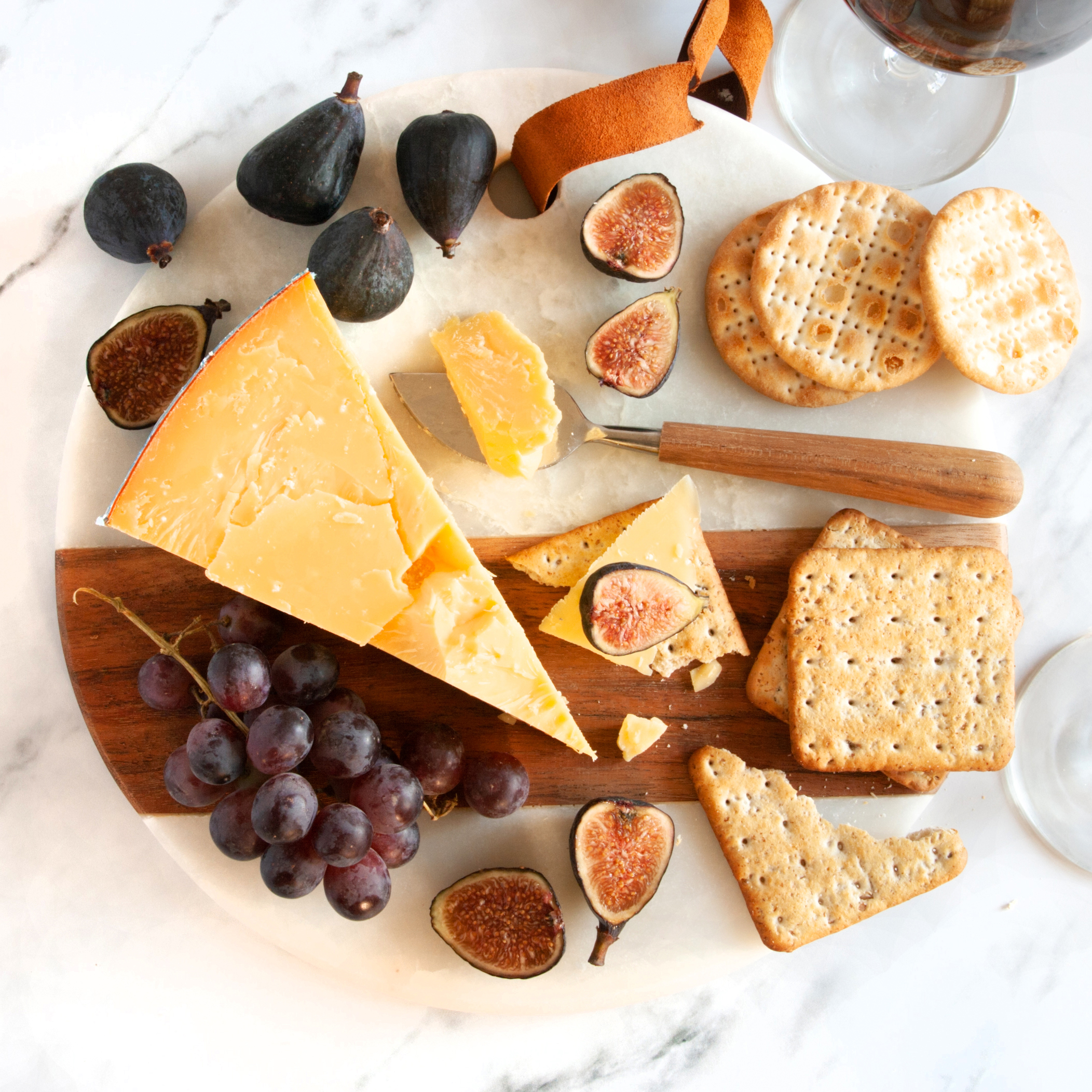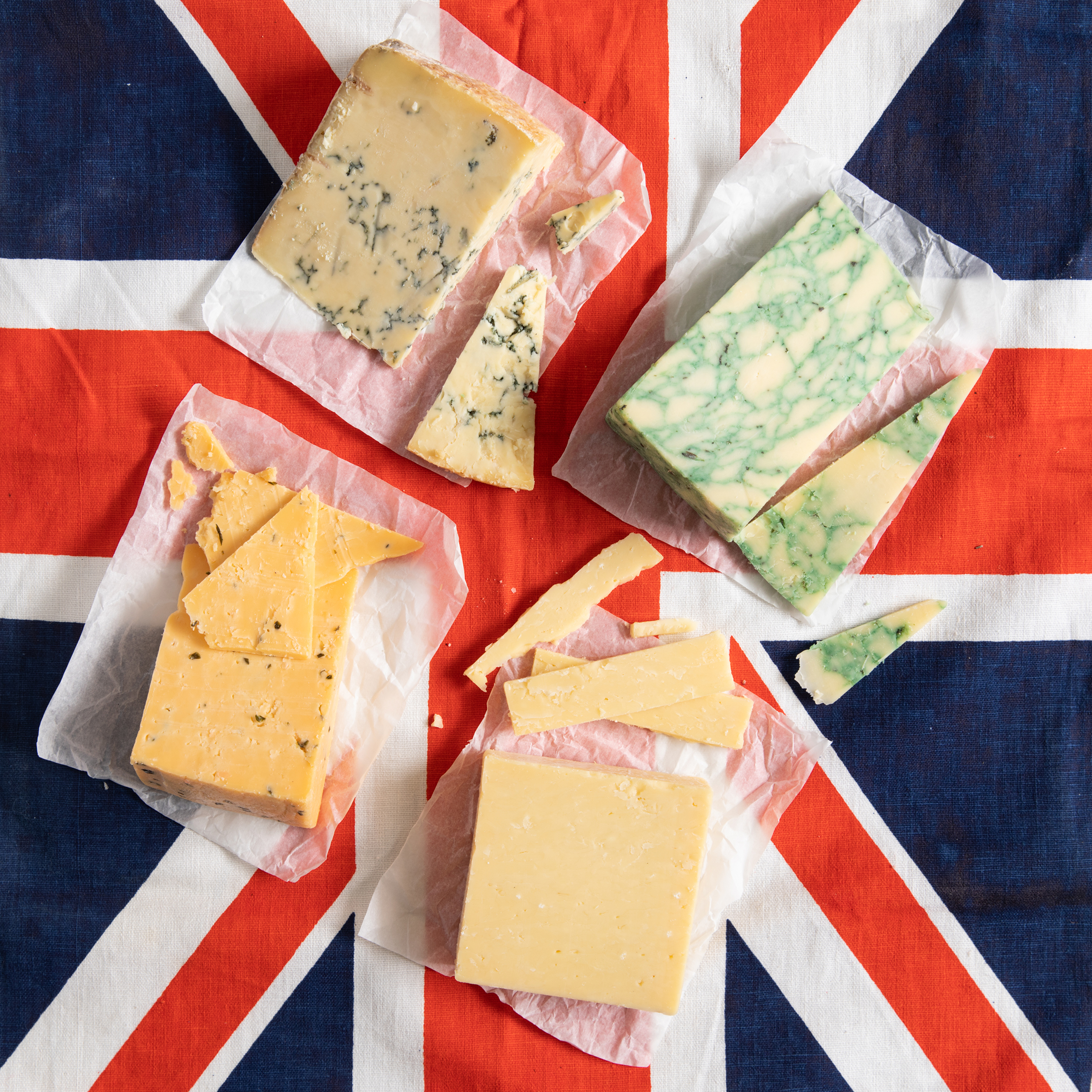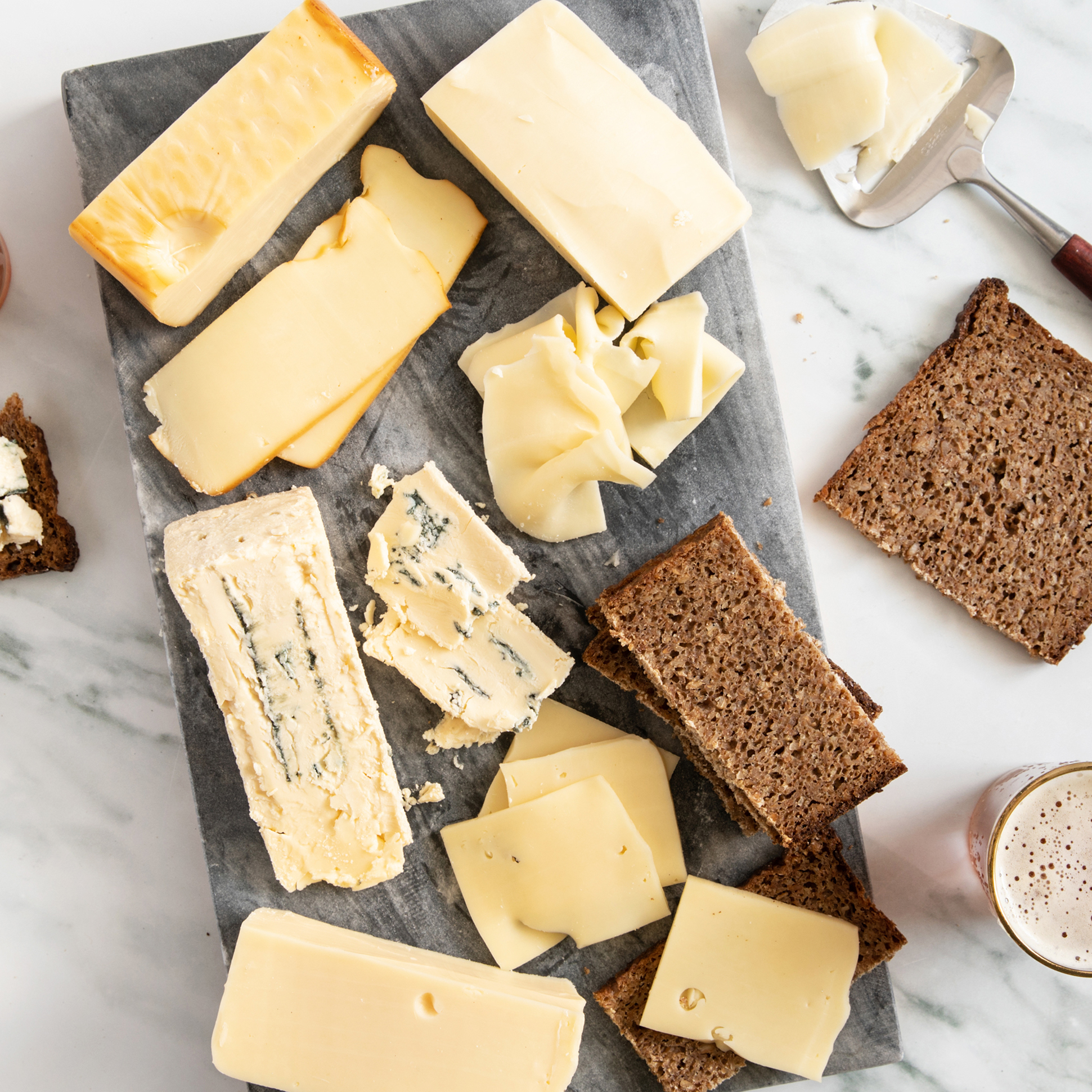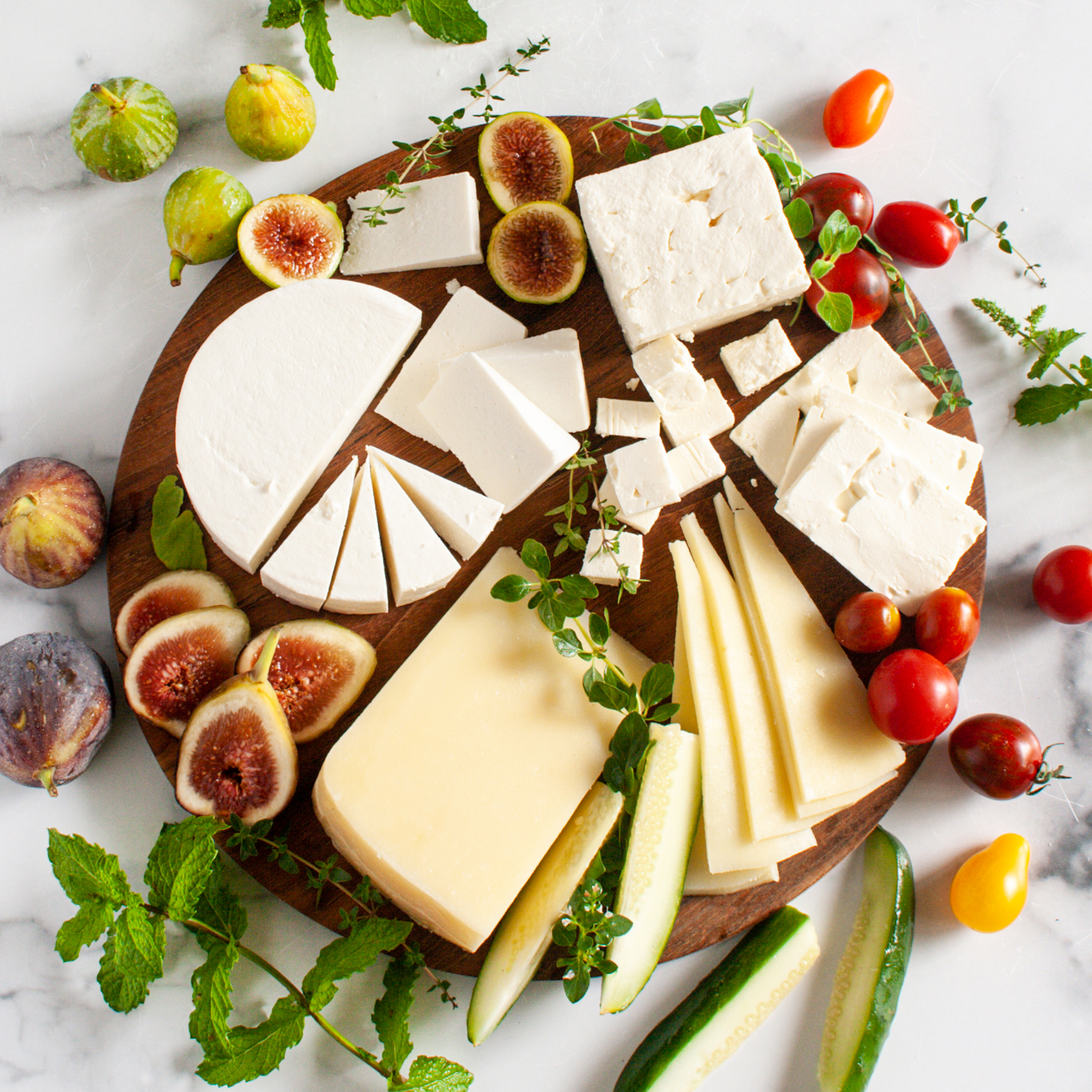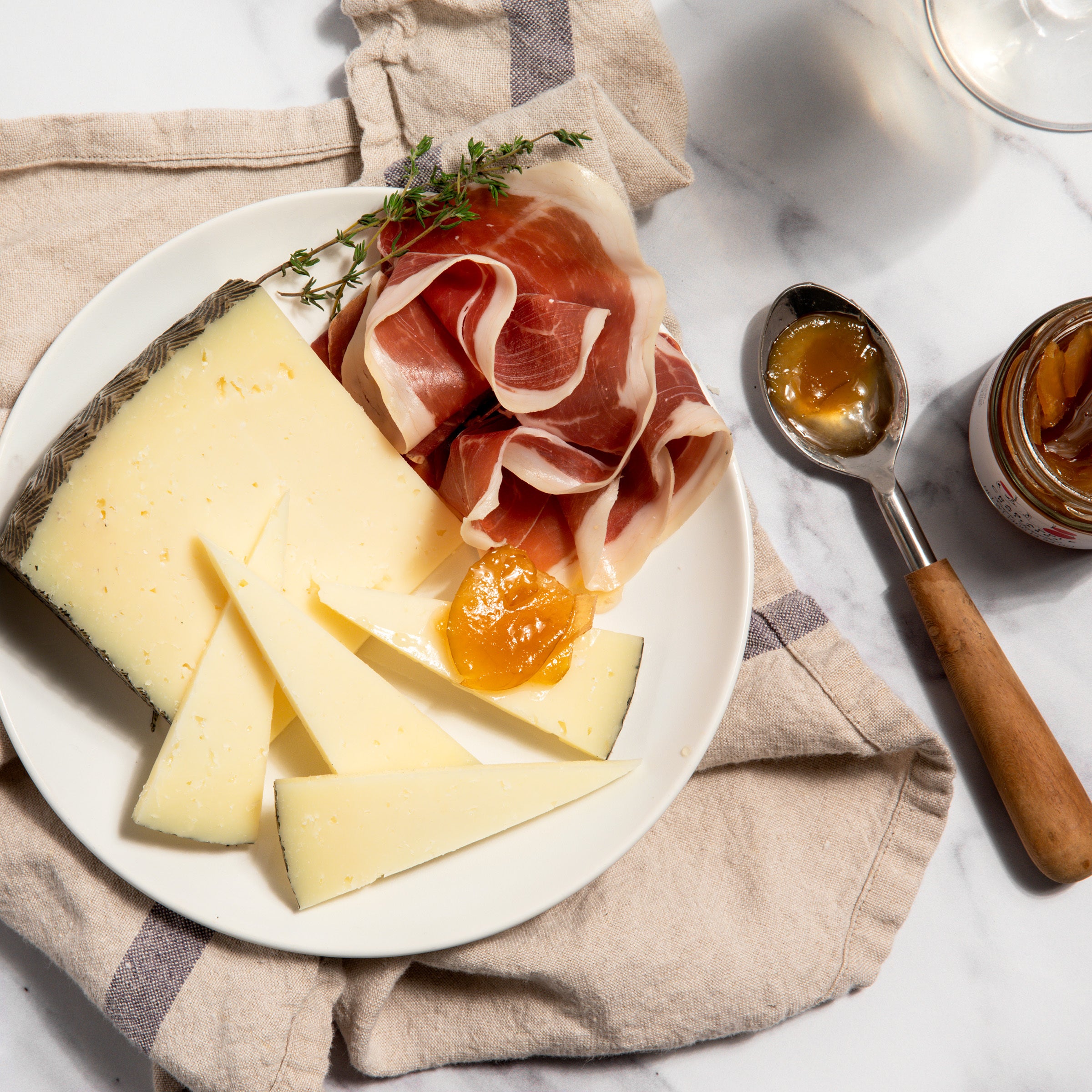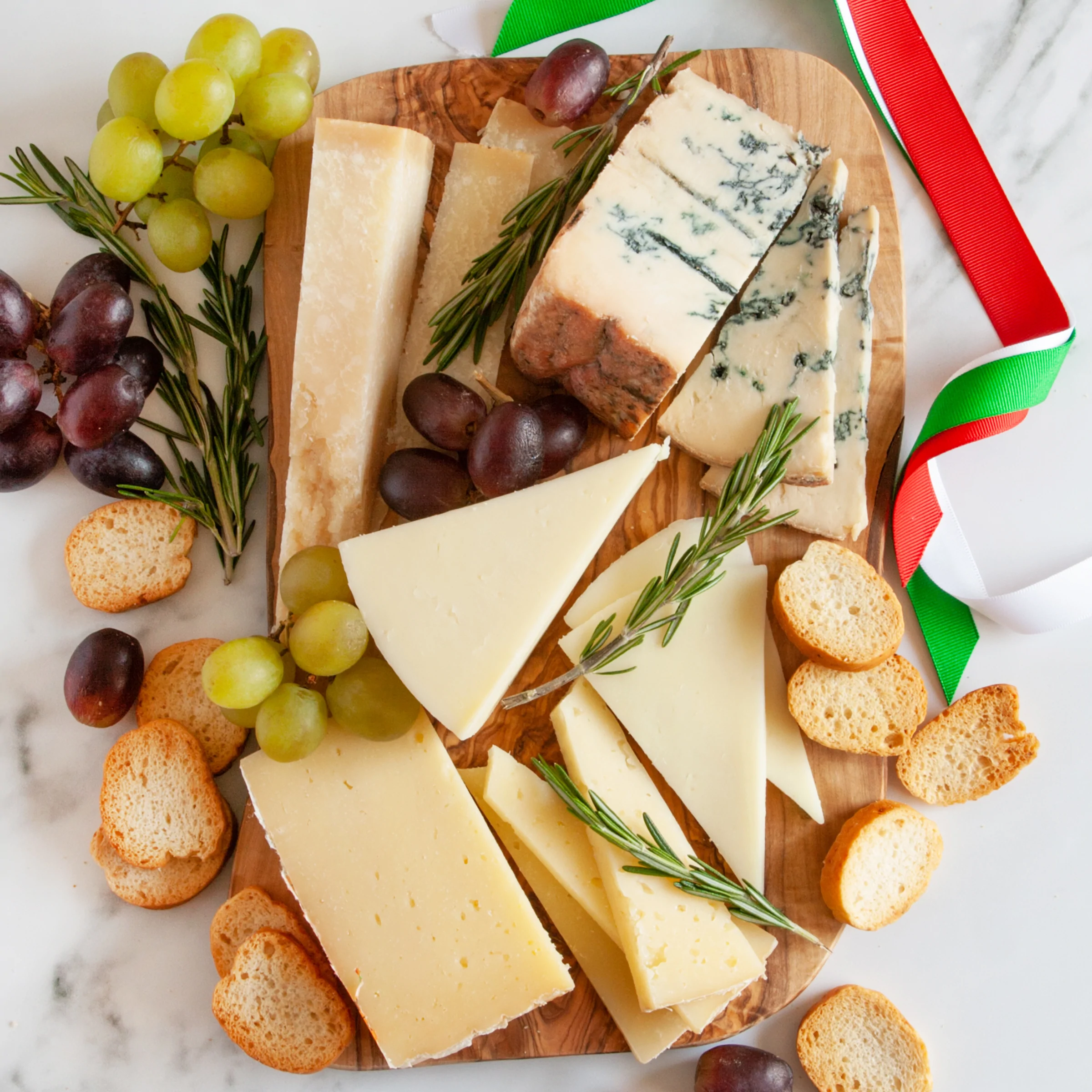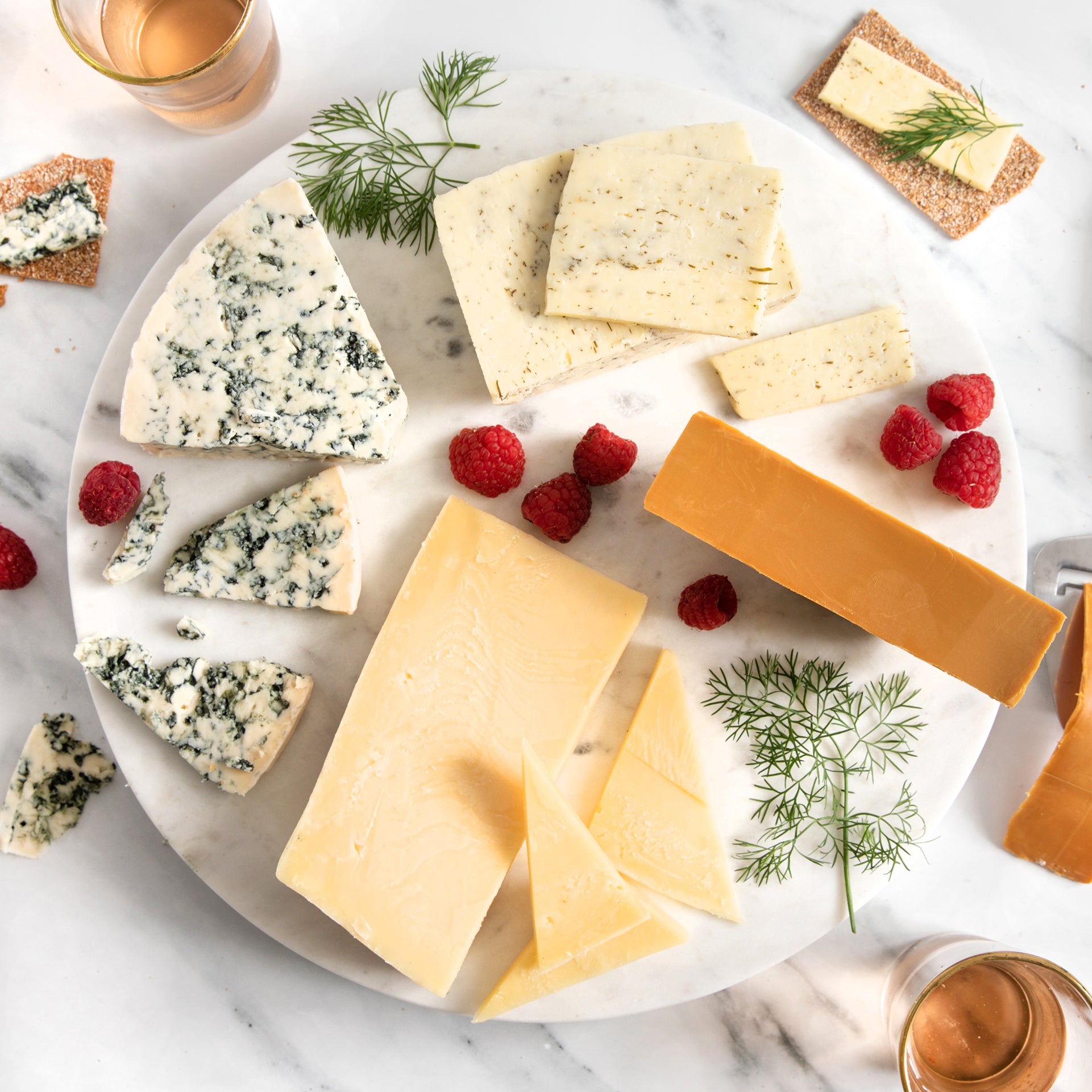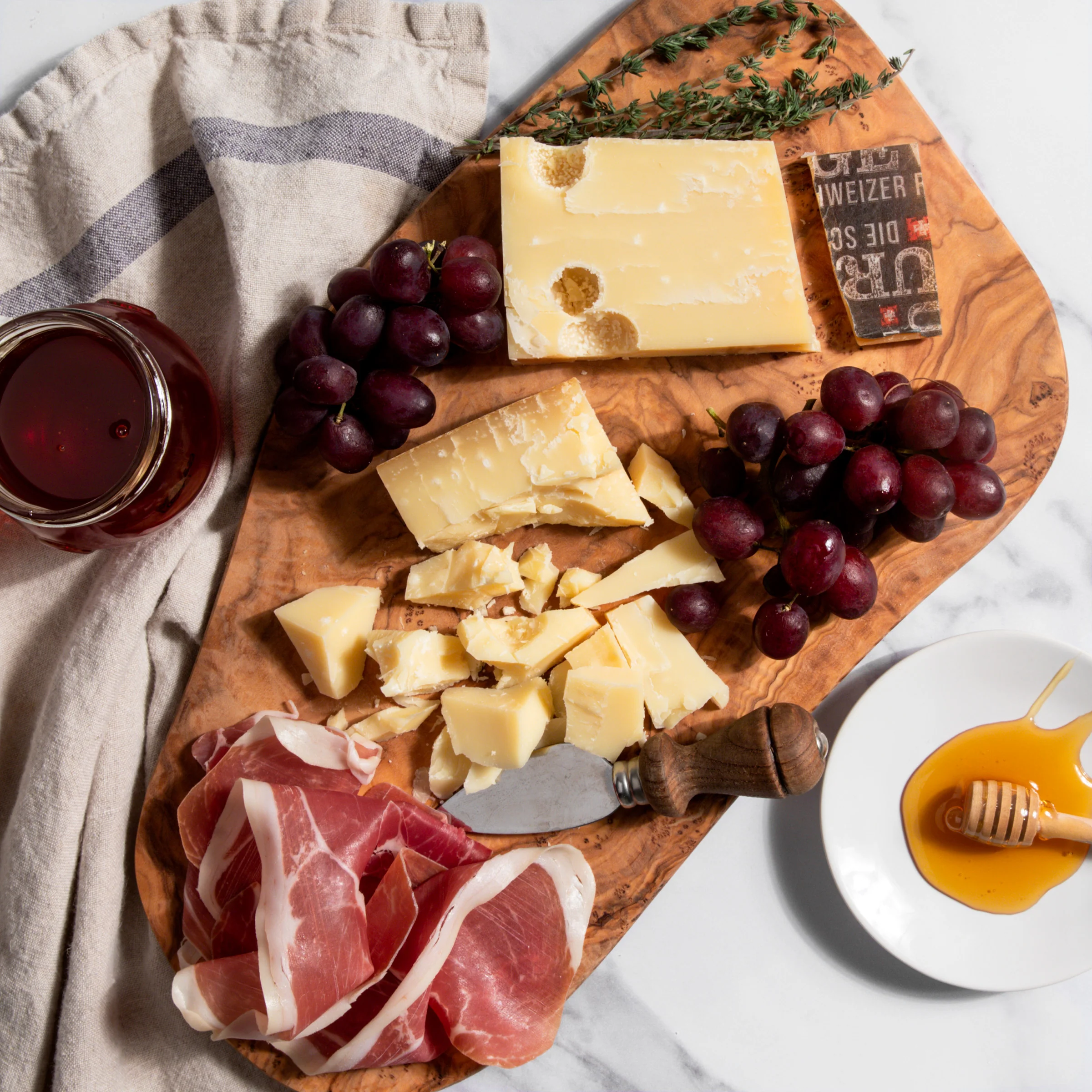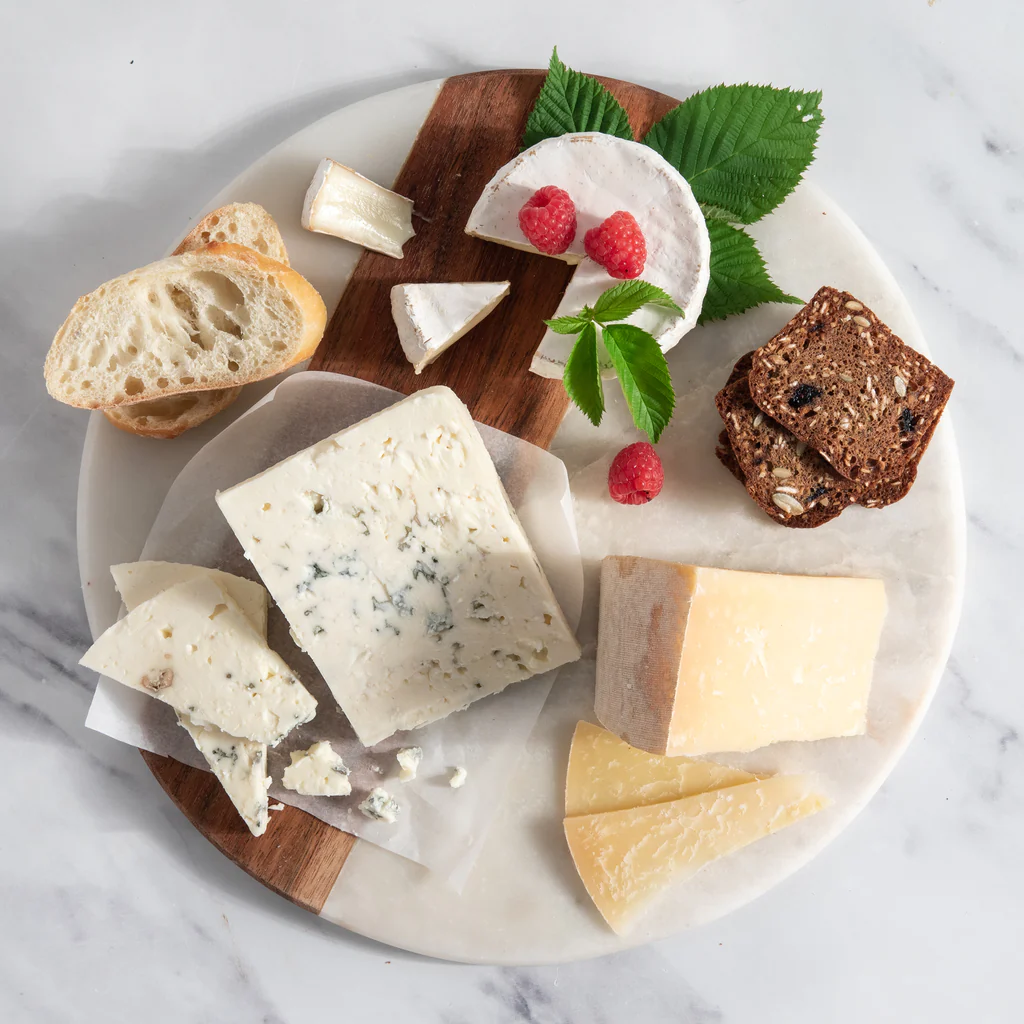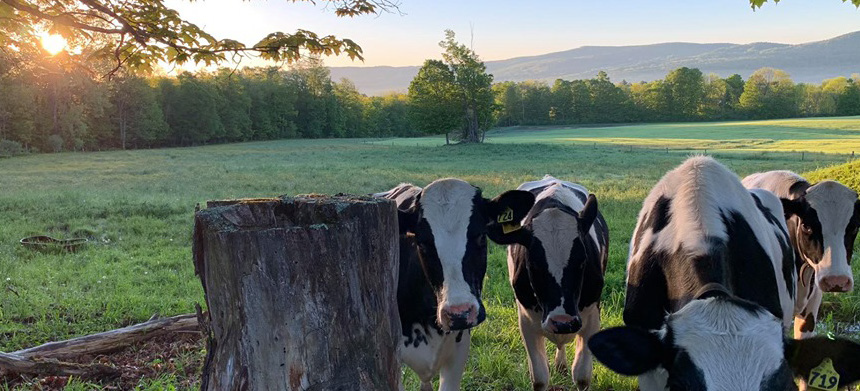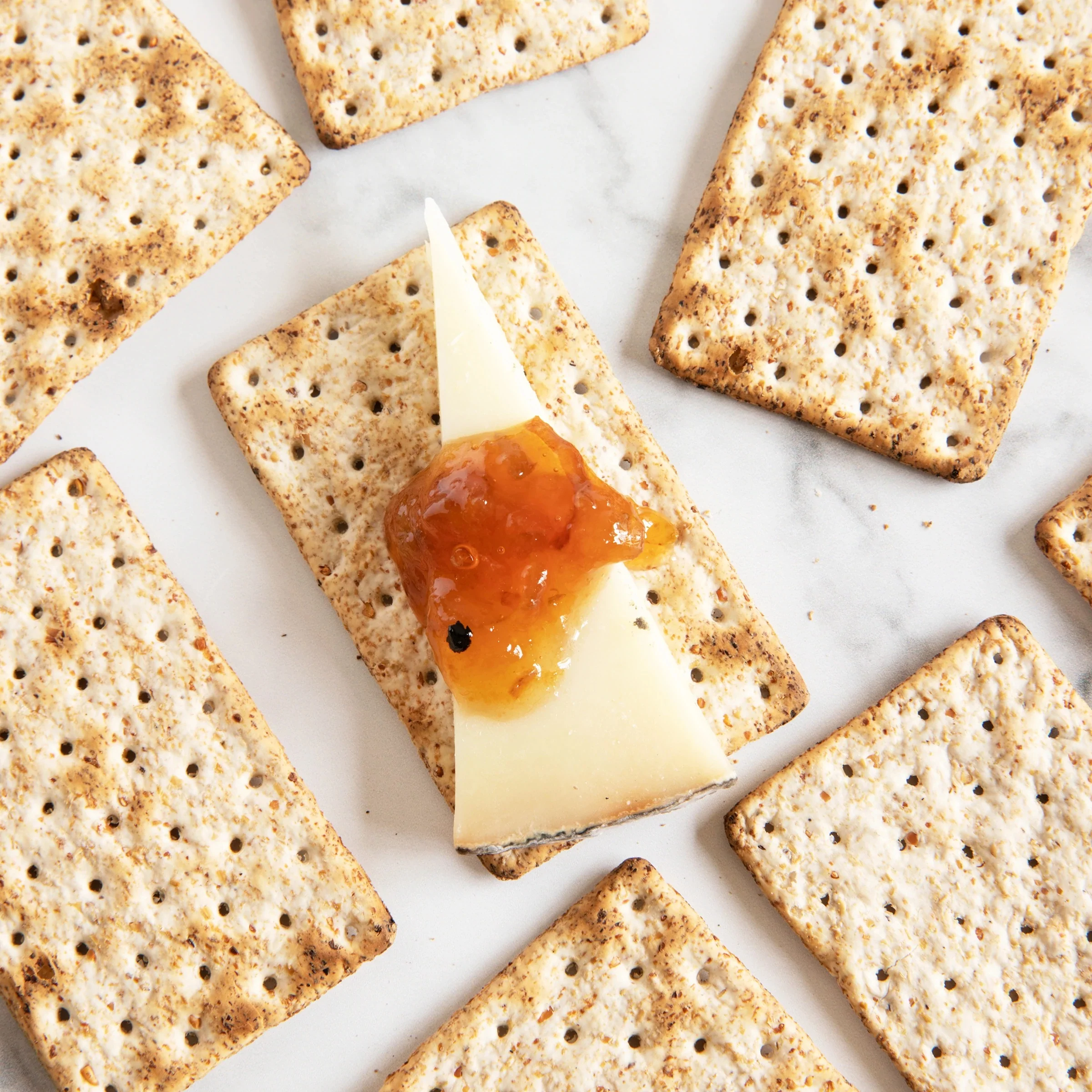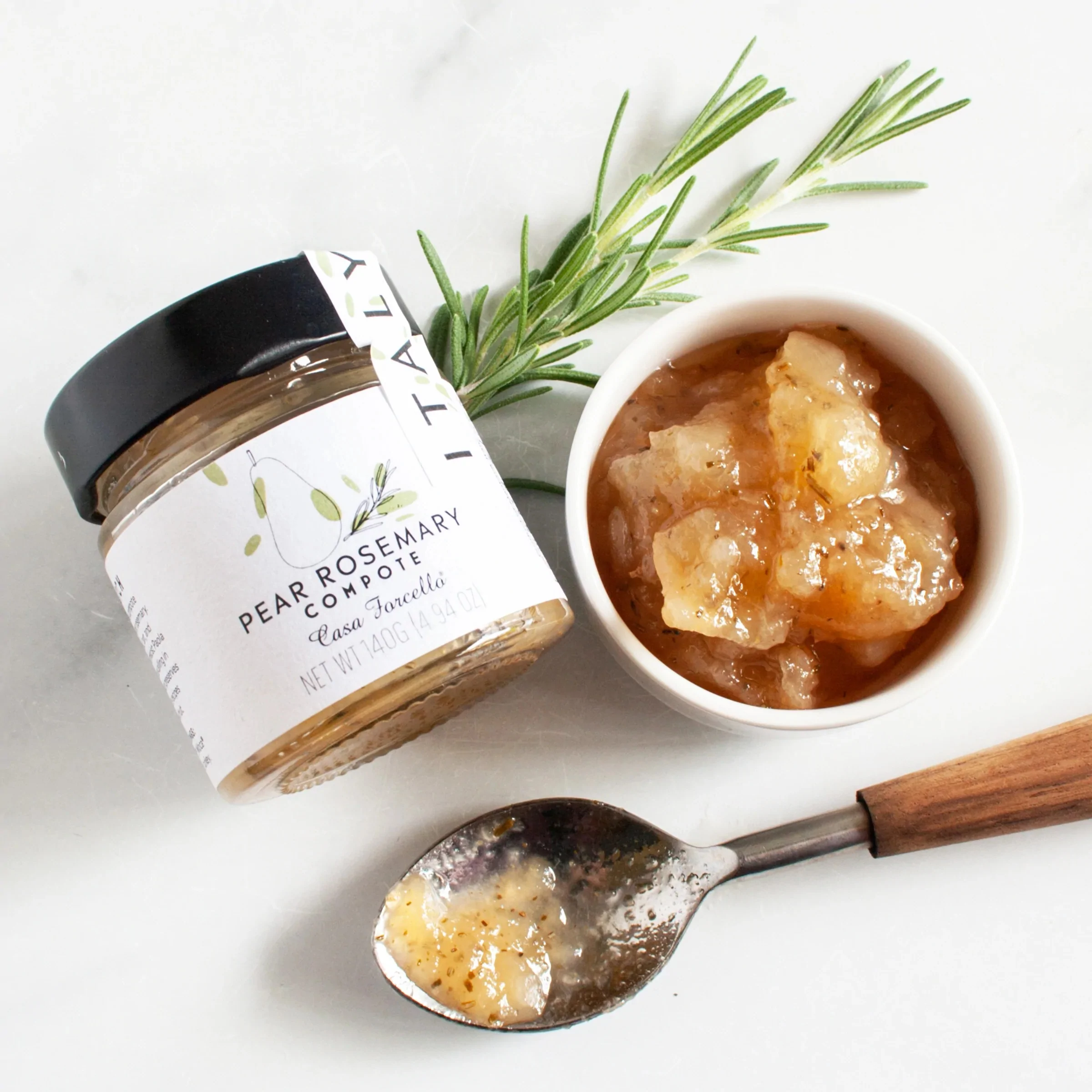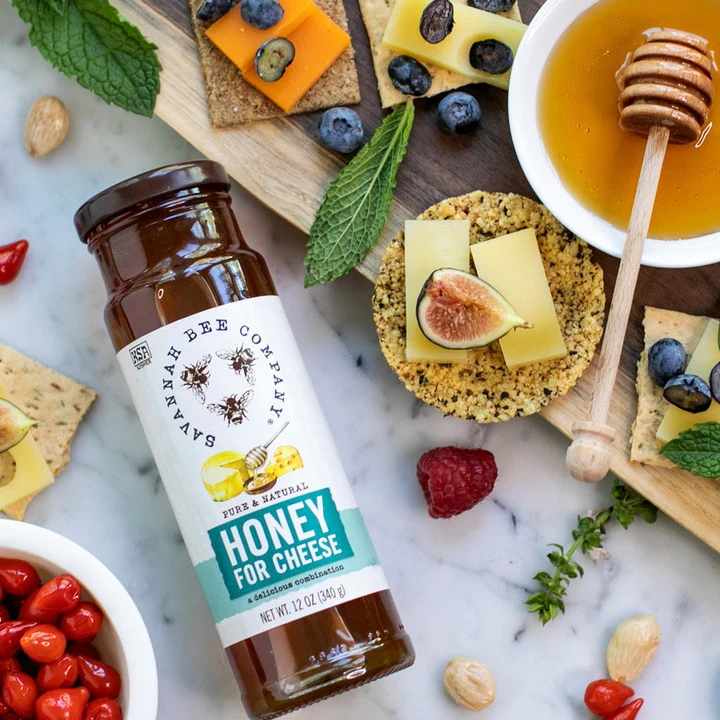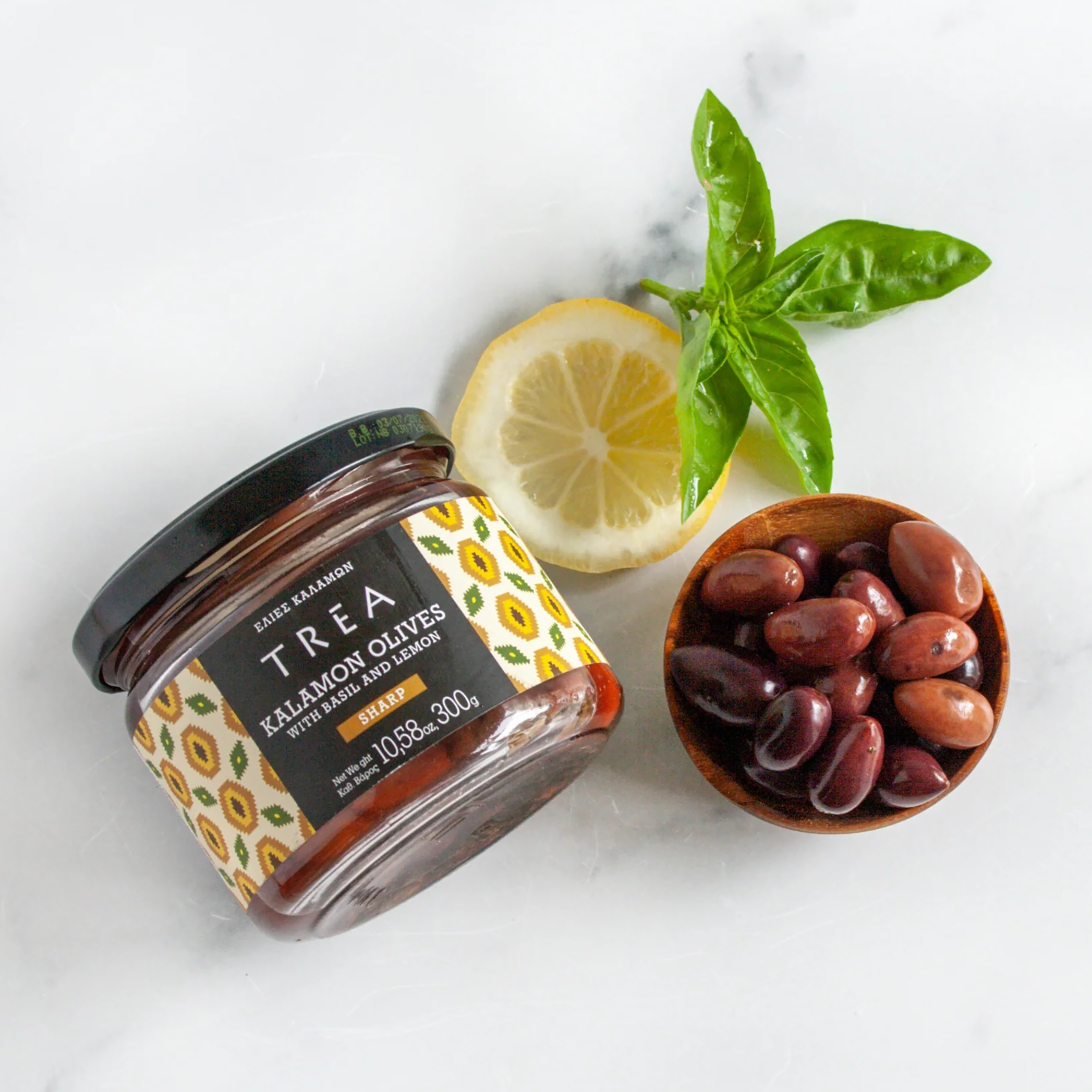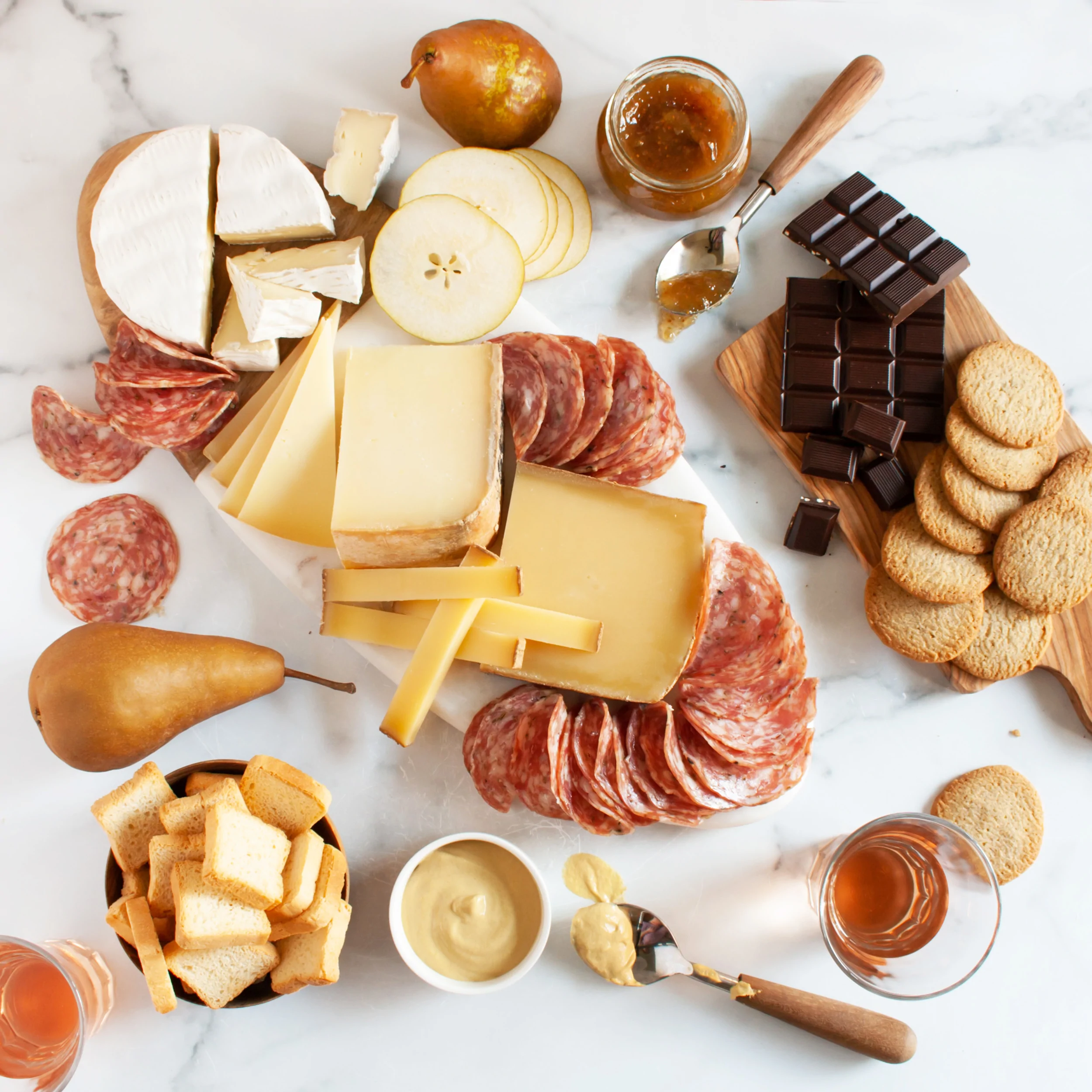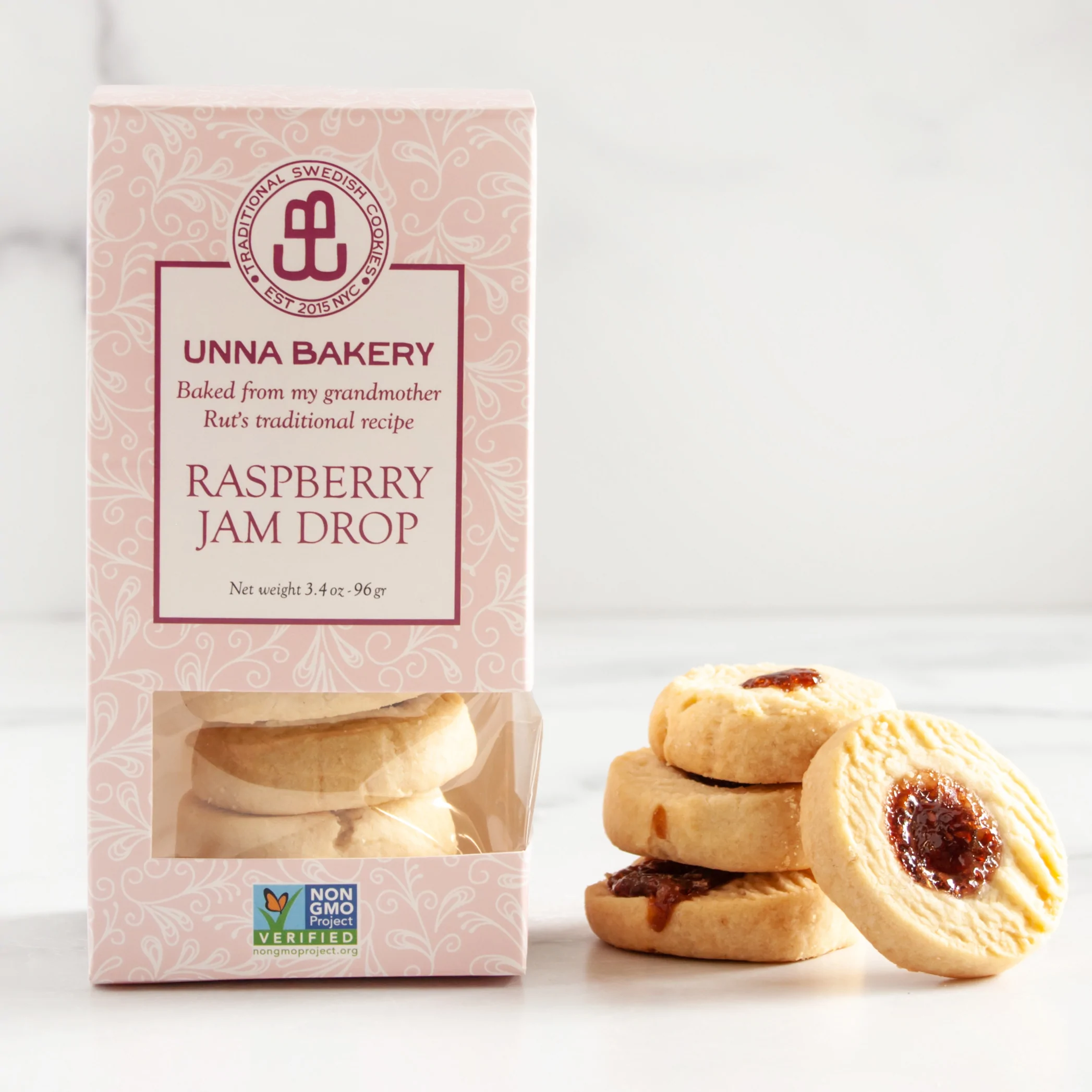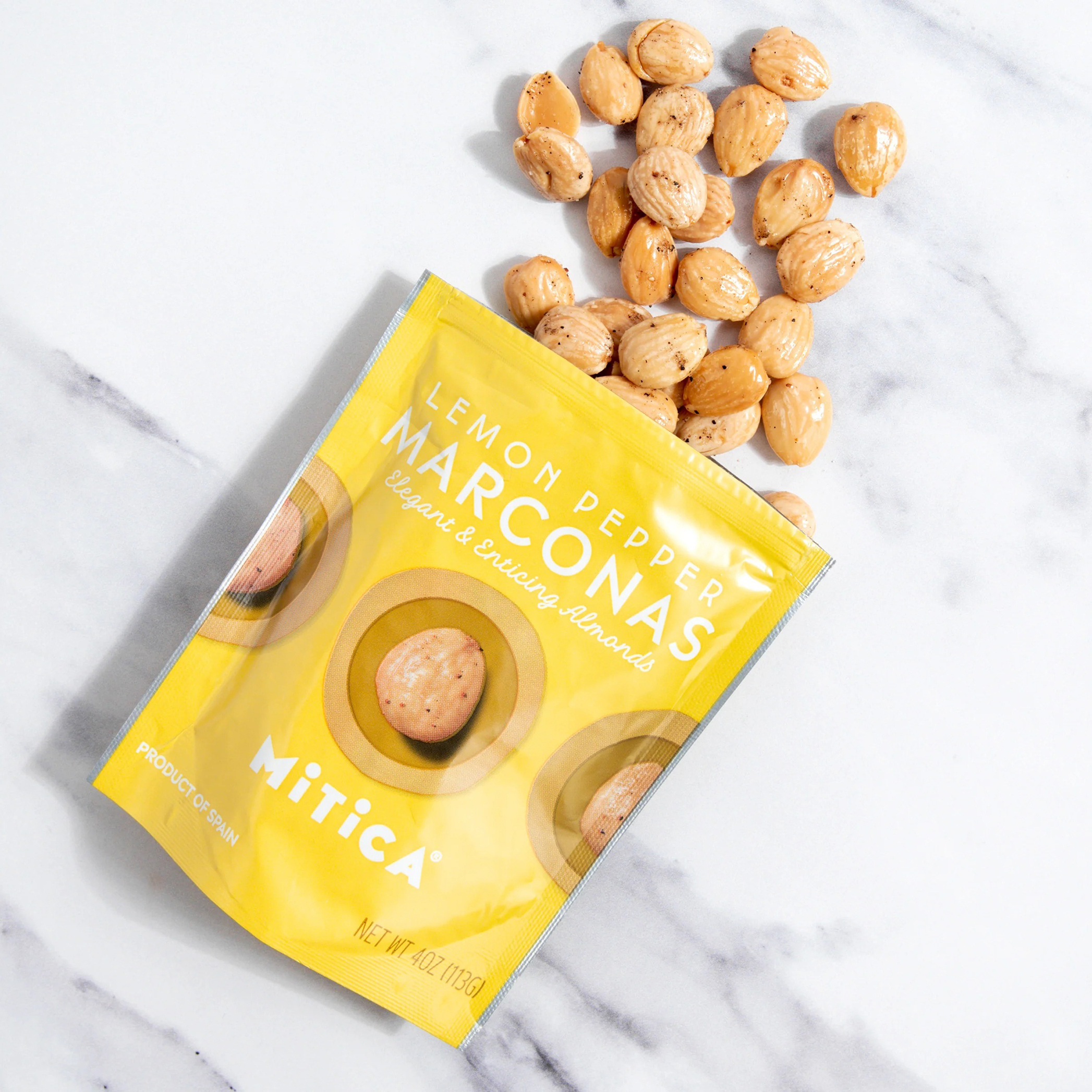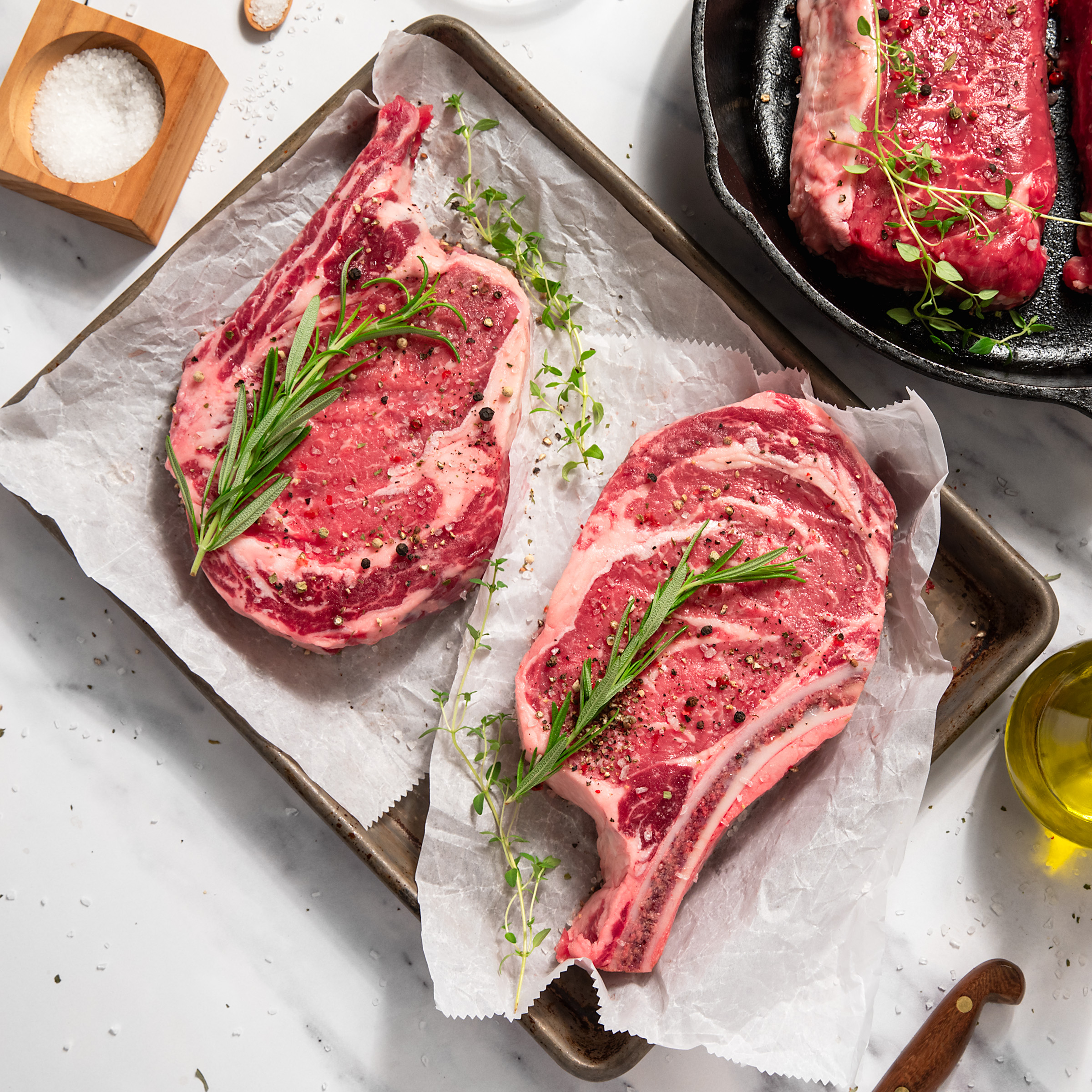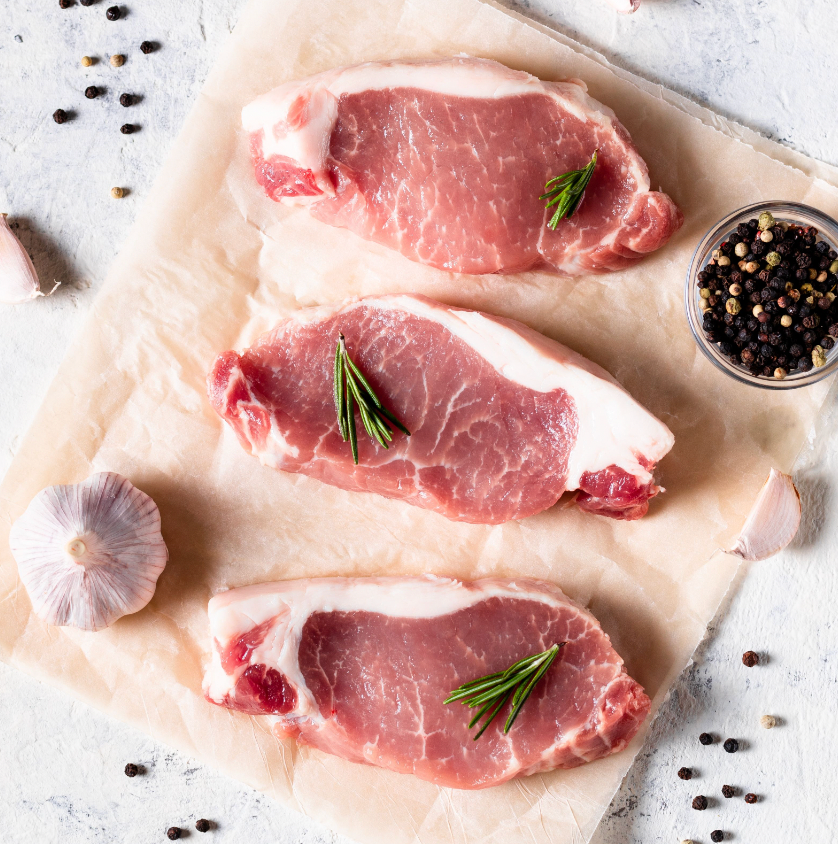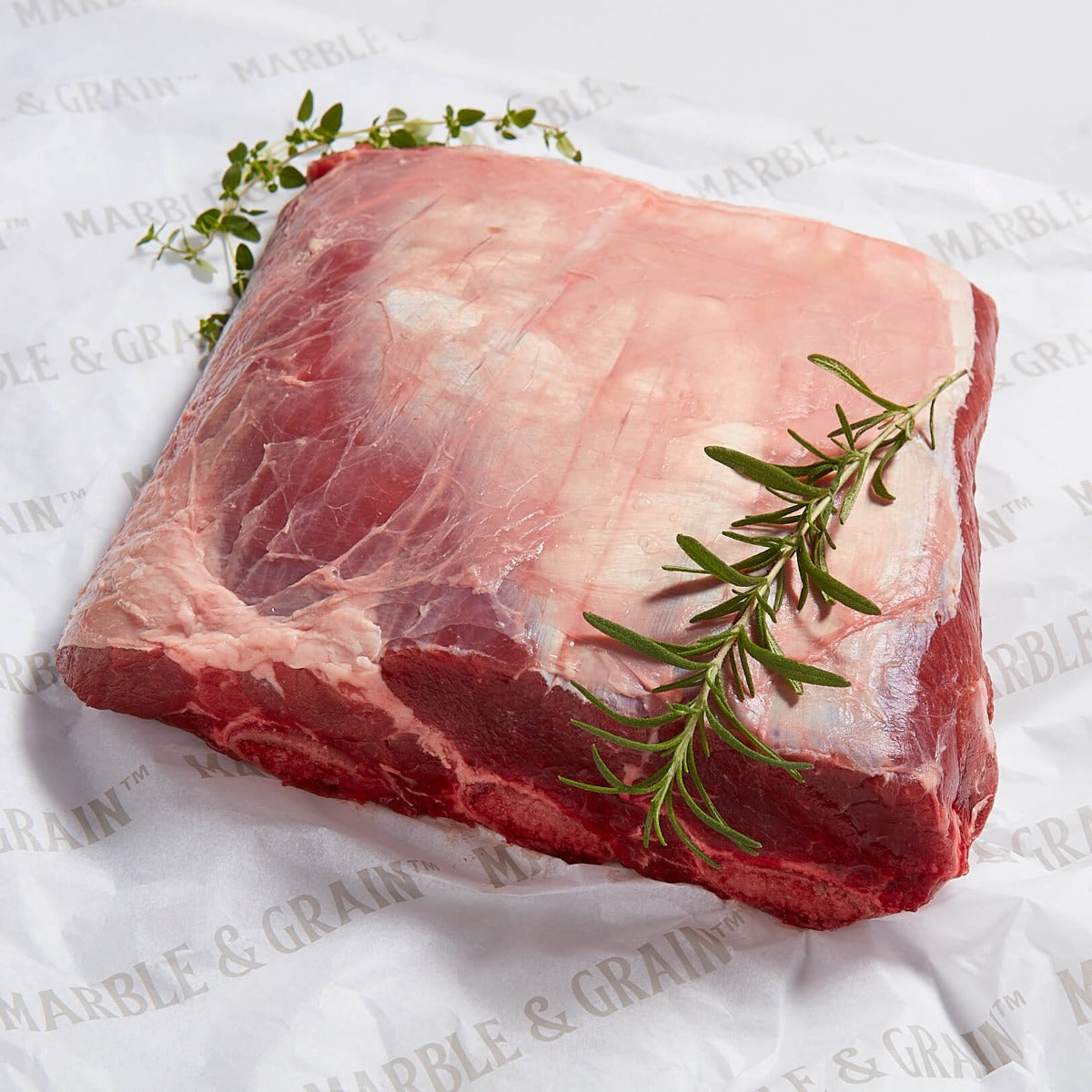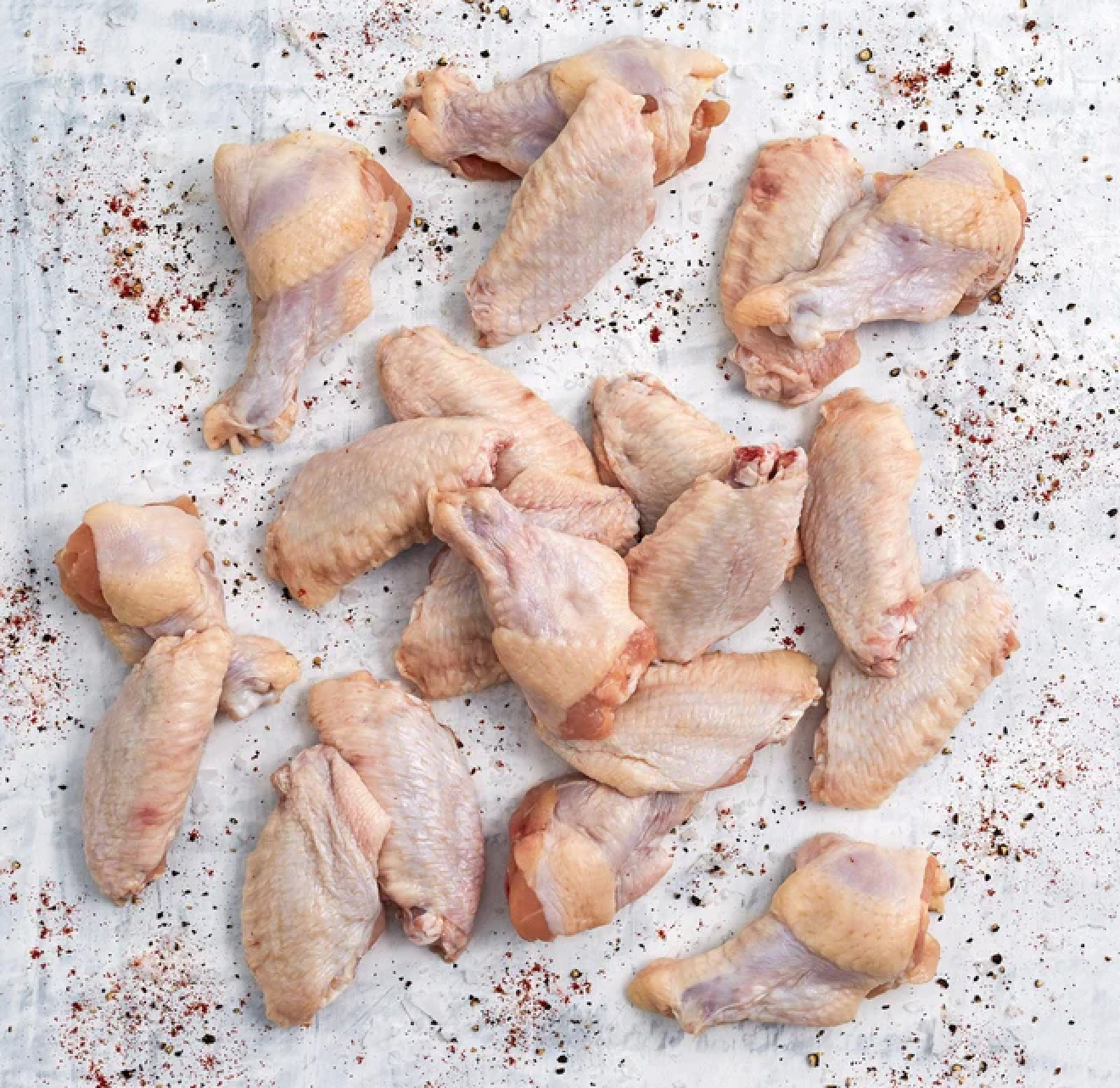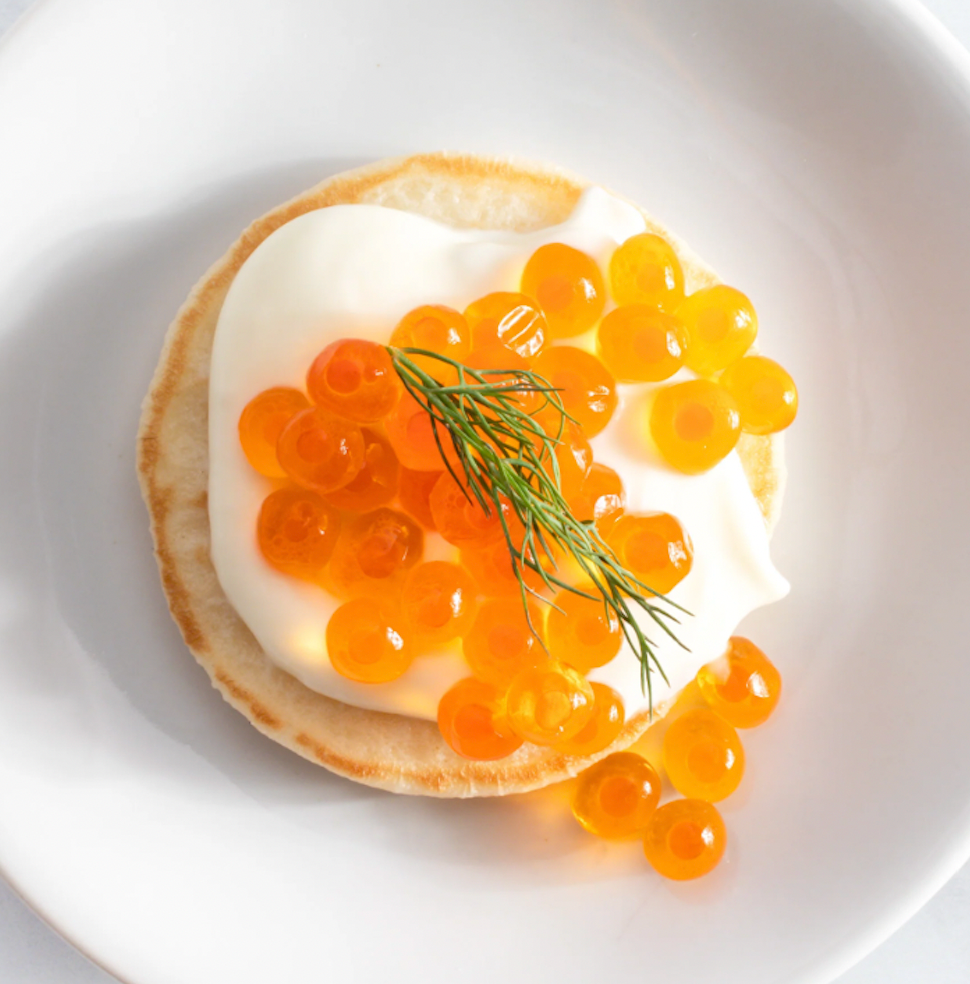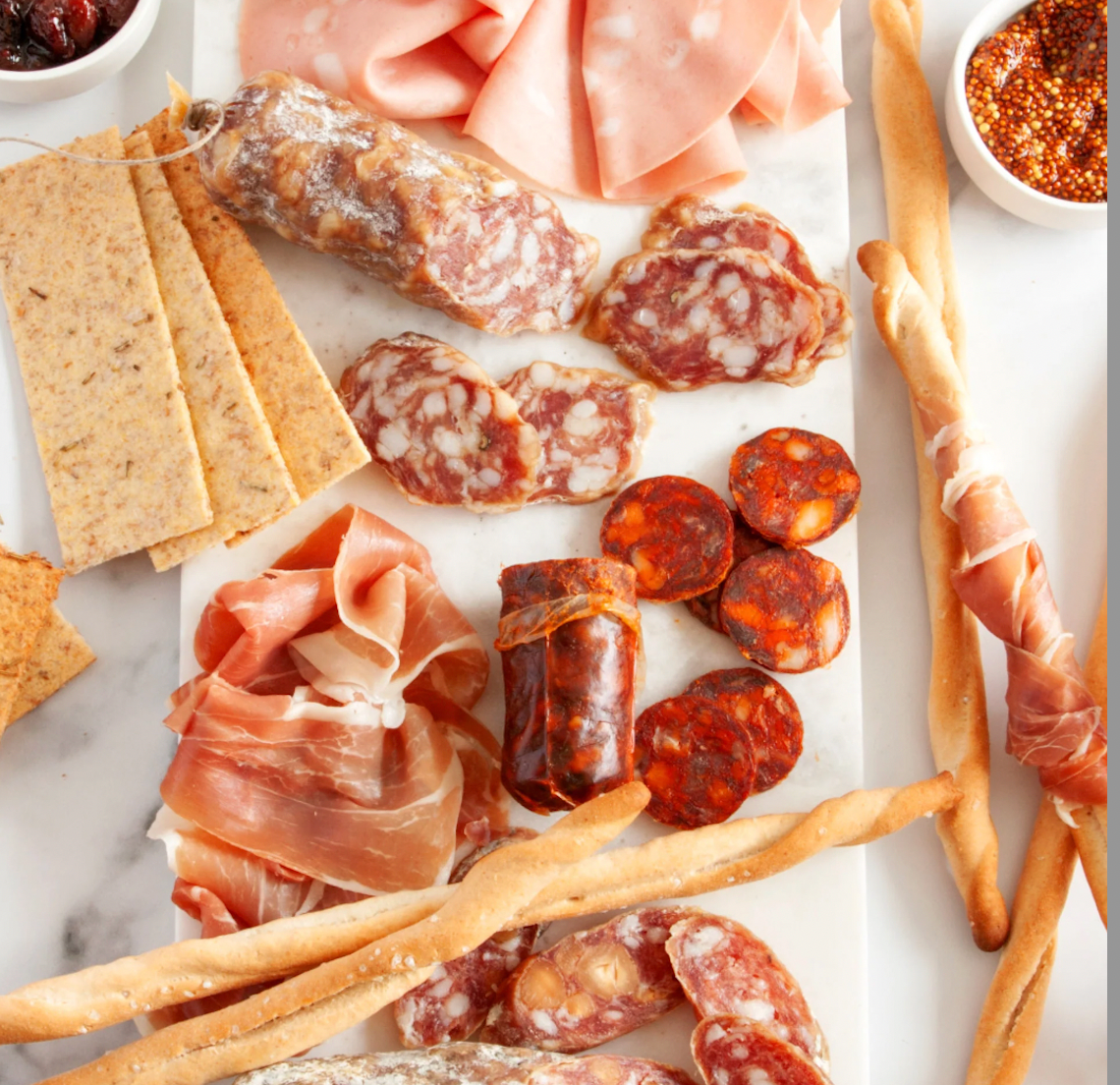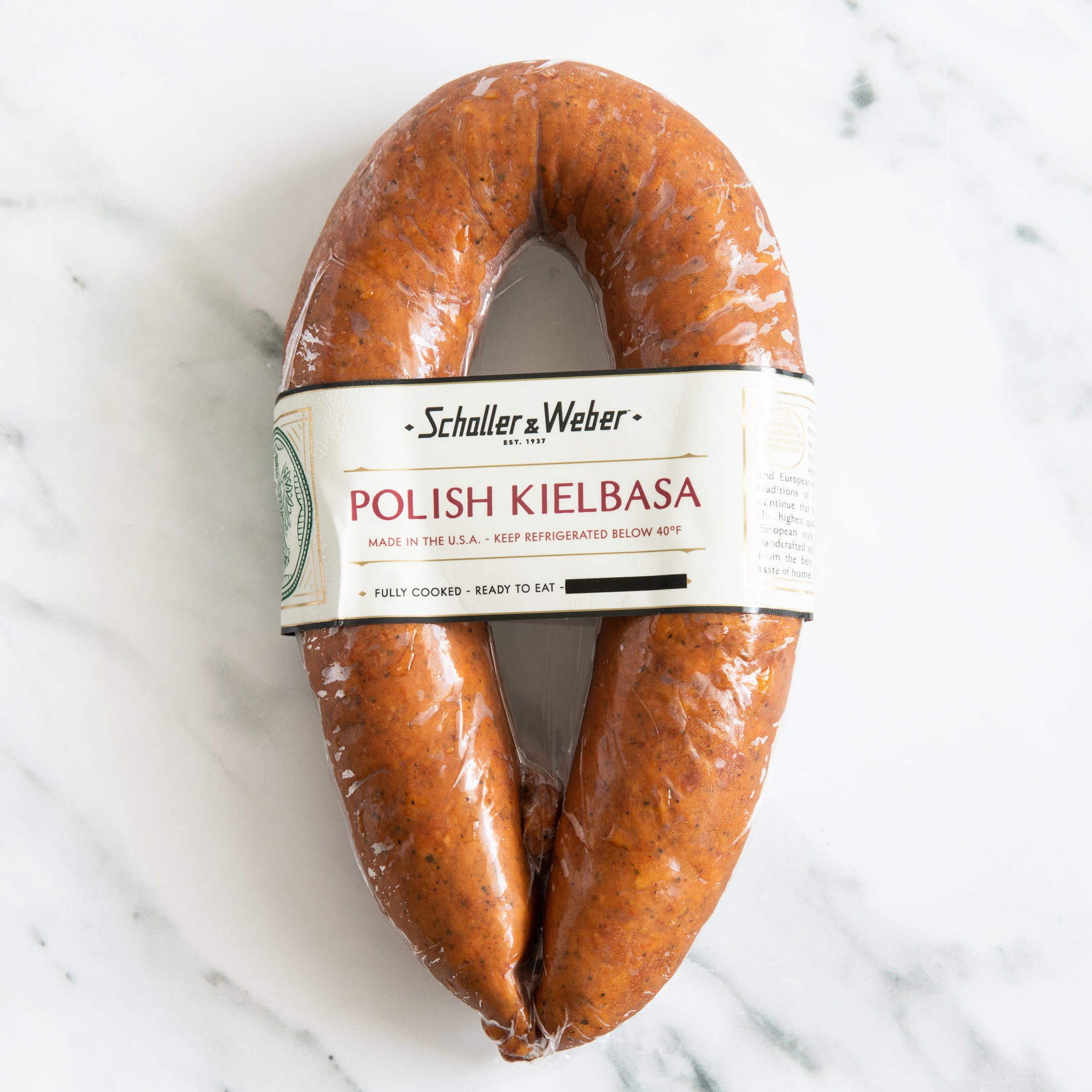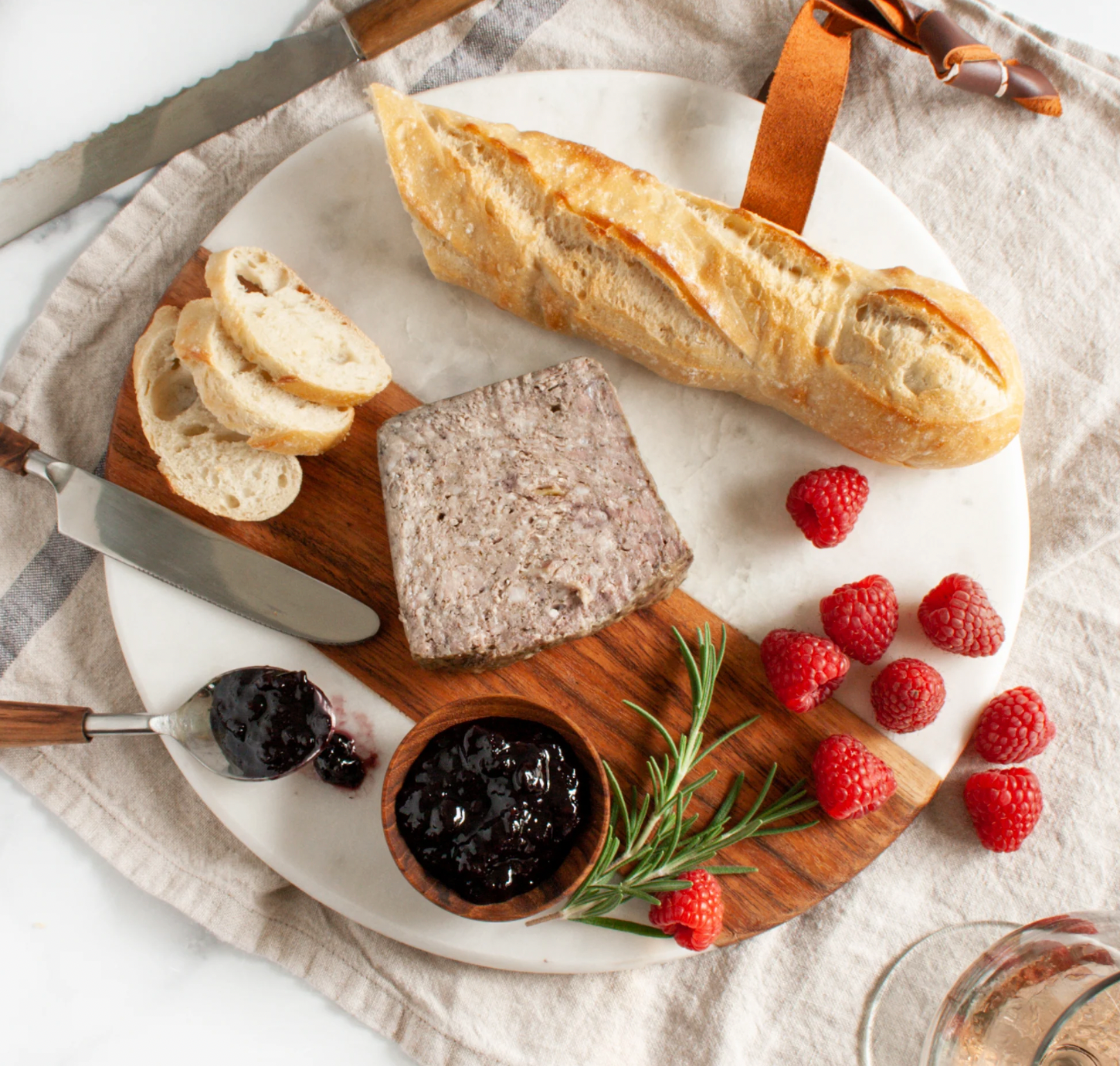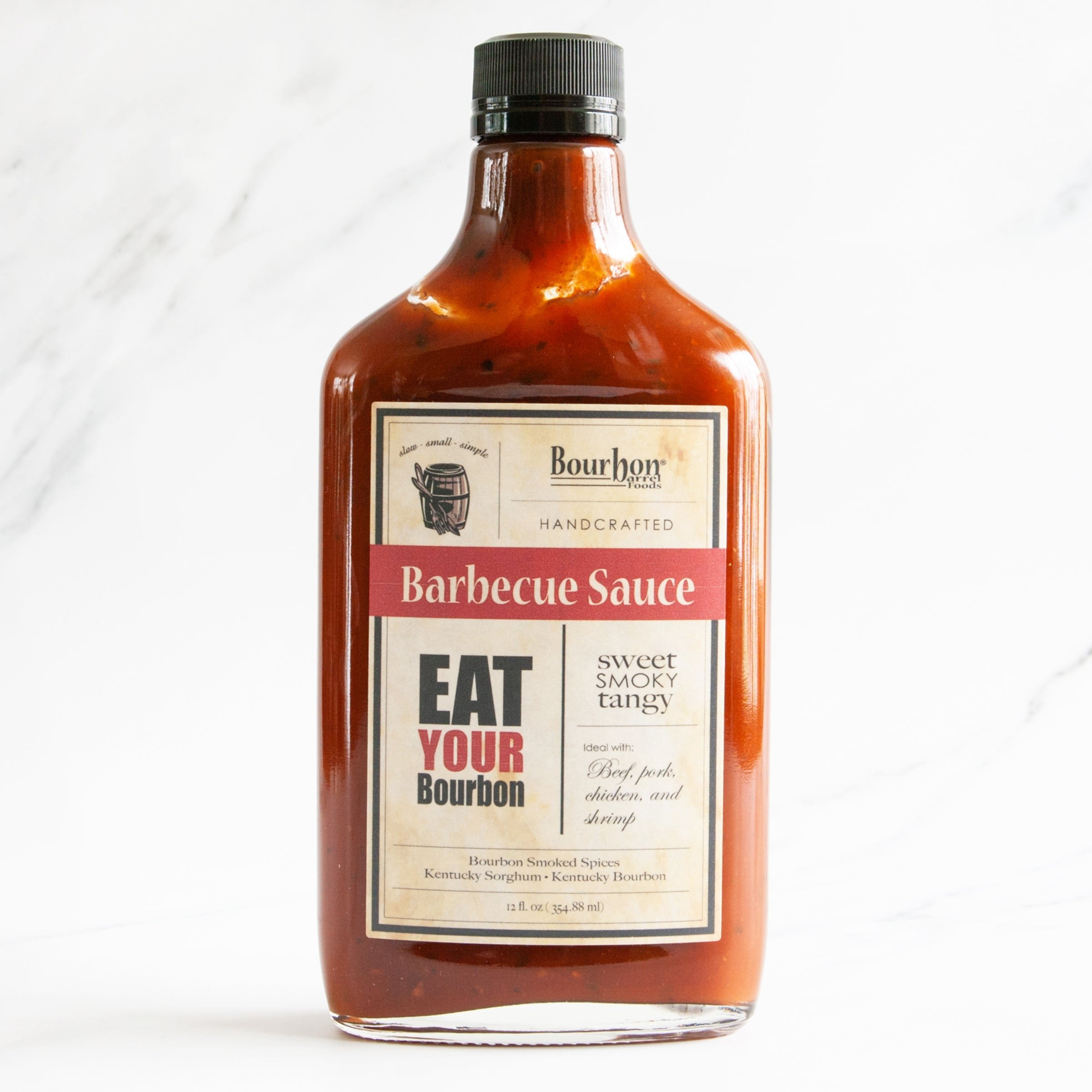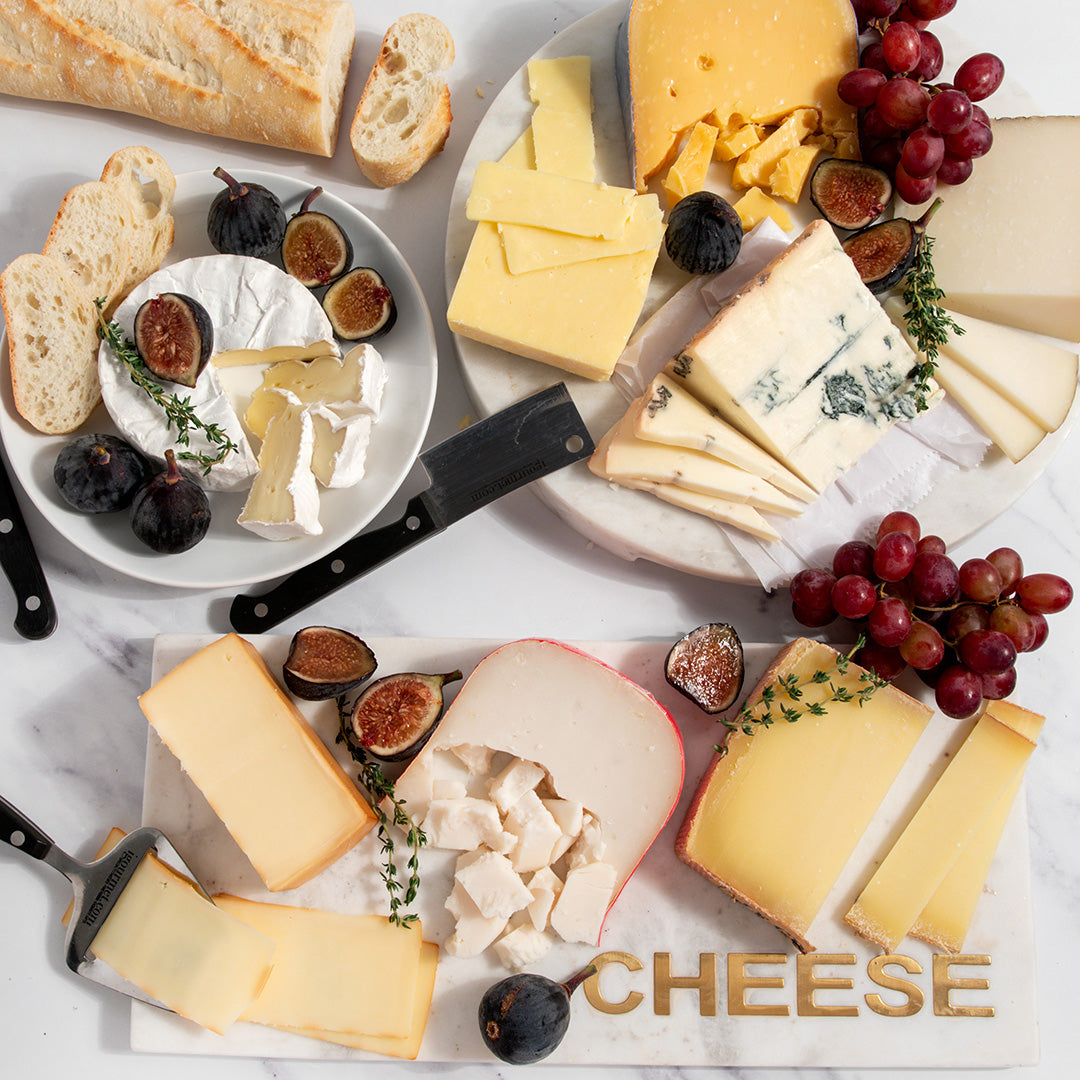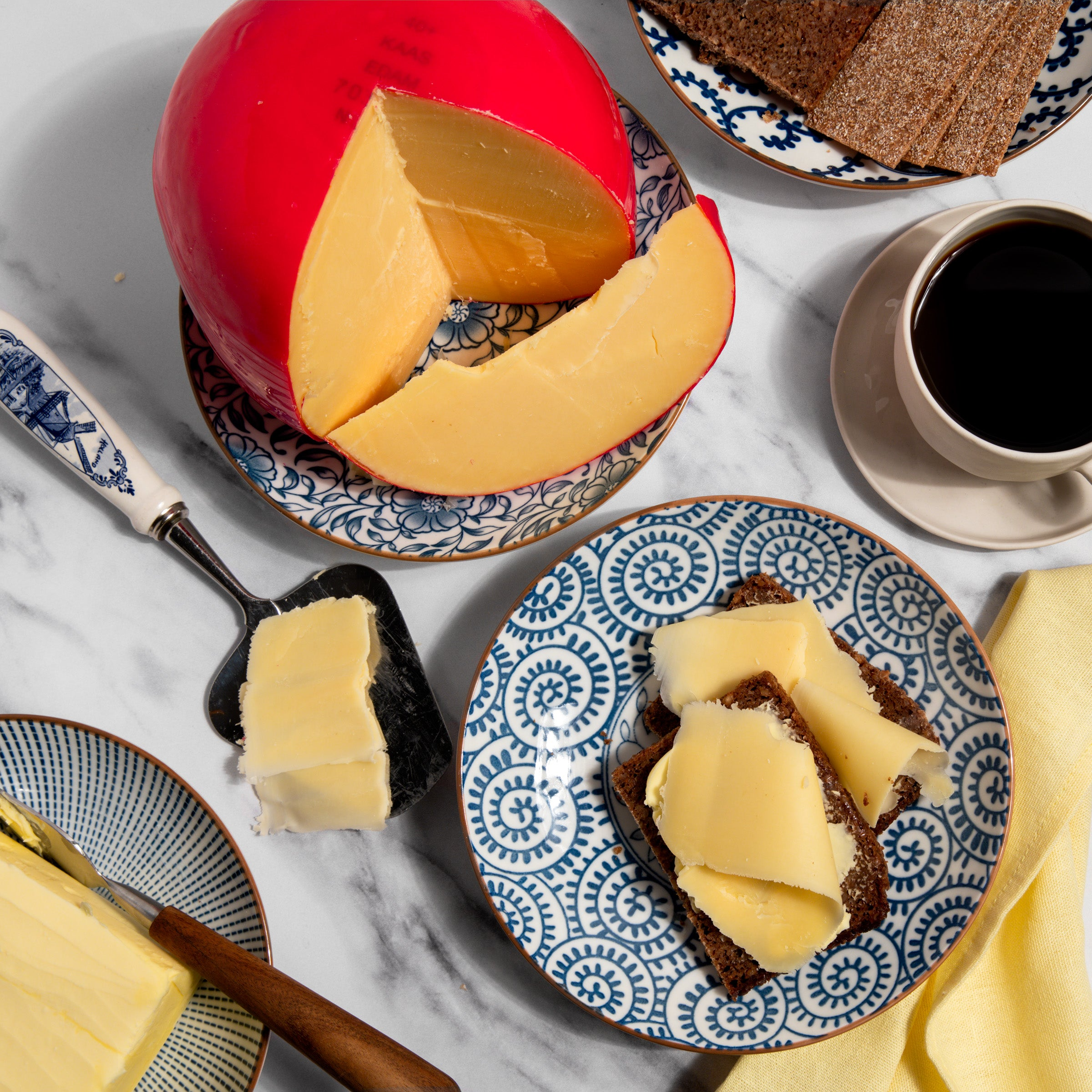Guide to Cheese Types
Truffles - Gourmet Guide
June 12, 2019 | By Dave Mattingly
Please visit our Chocolate Truffles page for more information about those sweet delights.
Considered diamonds of the culinary world, Truffles are earthy delights that are renowned throughout the world for their unique and exquisite flavors and aromas. Truffles are the fruit of subterranean fungi which grow between two and fifteen inches underground, almost always near the root systems of certain trees, such as chestnut, oak, hazel and beech trees. For the most part, people refer to Truffles as either Black Truffles or White Truffles. While Black Truffles are quite black, White Truffles are not as white as their name may suggest. However they are noticeably lighter in color than Black Truffles, at least on the outside.
The word "Truffle" is derived from the Latin word "tuber" meaning outgrowth. Truffles have been found in Europe, Asia, North Africa, and North America, and the most famous Truffles may be traced to France, known for its Black Truffle, or the Perigord Truffle, and Italy, known for its White Truffle, also called the Piedmont or Alba Truffle. Truffles are among the most expensive foods of the world, may command over $3,000 per pound. Truffles range in color from almost black to off-white and are bumpy and rather unsightly in appearance. The white varieties have subtler flavors than the black varieties, yet White Truffles are more expensive since they are so rare. Truffles are so valuable because they are hard to find, and because demand far outweighs supply. The combination of European red soil and mild summers produce a rich earthy flavor that helps keep Truffles in high demand. The largest truffle ever found weighed over three pounds and at auction in 2010 was purchased for a whopping $330,000!
Truffles have been prized since Greek and Roman times, when they were considered delicacies, aphrodisiacs, and even used as medicine. By the Middle Ages, Truffles fell out of favor as the church believed them to be a creation of a devil due to their exotic reputation, and at one time Truffles were considered "witch's fare". Truffles staged a comeback during the Renaissance, when King Louis XIV took a liking to them. By the late 1800’s, a high of 2,000 tons of Truffles were being produced annually in Europe. Since then, production has declined due to such factors as global warming and urbanization. Today, approximately 30 tons of Truffles are harvested annually in Europe. Truffles are more plentiful in Europe than America, some Black Truffle varieties are grown in China and imported to the US in place of more expensive European Truffles. Scientists have been studying how Truffles grow and have learned how to cultivate them. In the last 30 years, new attempts for mass production of Truffles have begun and have met with limited success. While approximately 80% of the world's Truffles come from the Perigord region of France, the Oregon Truffle produced in the US, a relative newcomer to the commercial trade, is gaining popularity, as are Truffles from North Carolina.
Historically, Truffles have been hard to find, as they pop up spontaneously in the roots of certain trees. The season to find these irregularly shaped round gems depends on the variety, but usually the best harvest occurs in the spring. Truffles range in size from marbles to golf balls, and grow in clusters quite close to each other. The movement of certain flies in the air is an indication that Truffles are nearby. Truffles attach to a tree's roots system underground and cannot be seen, so Truffles must be sniffed out. Since the human nose is not sensitive enough to detect Truffles, for years, pigs were successful in finding Truffles. Interestingly, the scent that the Truffle emits is similar to the male boar's sex hormones that are emitted to attract females. Pigs proved unreliable though, since once they found Truffles, most often they would eat them, so dogs were trained instead as they were less greedy and more easily restrained.
Types of Truffles
While there are nearly 60 species of Truffles, only a dozen have value in the culinary world. While Winter and Summer Black Truffles are from different varieties of fungi, Winter and Summer White Truffles are from the same fungus, only harvested during different seasons of the year. The following are the most popular types of Truffles:
Winter Black Truffles (Tuber Melanosporum)
Grown in France, Italy and Spain, the Winter Black Truffle, also known as Black Diamond Truffles, or Perigord Truffles, are highly prized for their earthy aroma and exotic flavor. Fresh Winter Black Truffles are the most sought after Truffles in the world. There really isn't a huge difference in Truffle quality from the various Winter Black Truffle producing countries, so it is best to determine value based on size and season. The peak season for Winter Black Truffles is January and February. Grown at the base of oak and hazelnut trees, the Winter Black Truffle has a brownish/black knobby outer layer with whitish spider-like veins running through its interior. Winter Black Truffles are cooked into sauces, creams and stews, and lend a spectacular flavor when shaved over meat or pasta dishes.
Summer Black Truffle
Grown from May through August, Summer Black Truffles grow among similar trees as Winter Black Truffles, such as oak, hazelnut, chestnut and elm trees. Its appearance is similar to the Winter Black Truffle, but the Summer Black Truffle does not have the same exquisite fragrance as the Winter Black Truffle, as it is more delicate. Found in Europe from May to September, Summer Black Truffles have a subtle pleasant fragrance reminiscent of chocolate and are ideal for cooking. Compared to the Winter Black Truffle, the Summer Black Truffle is covered with larger knobs and the interior is cream in color. Having a delicate aroma, the Summer Black Truffle is less expensive and typically available year round.
Winter White Truffle (Tuber Magnatum)
Winter White Truffles tend to be the most expensive Truffles by weight in the world, as they grow only in the wild. Efforts to cultivate the White Truffle have failed, and their growing season tends to be short. The Winter White Truffle has a garlicky flavor, similar to shallots, with an earthy and musky scent. White Truffles have a smooth exterior and an off-white to yellowish color. Also called the Piedmont Truffle, the Alba Truffle or the Italian White Truffle, the Winter White Truffle is famous for its Italian origins, but it is also found in other parts of Europe. The drawback to White Truffles including the Winter White Truffle is that their strong aroma fades quickly. This is due to gas that is trapped inside the Truffle that is released once the Truffle is cut or shaved. White Truffles have more of this gas than Black Truffles, which dissipates upon cooking, so it is widely believed that it is best to consume White Truffles when they are raw, or shaved over already prepared dishes, such as pasta, salads or fried eggs.
Summer White Truffle (Tuber Magnatum Pico, Tuber Borchii)
The Summer White Truffle is found in the same regions of Italy as the Winter White Truffle, only they are harvested in the summer, not the winter. Summer White Truffles are not as aromatic as the Winter White Truffle, and thus are less expensive. They are sweet and garlicky in flavor, and have a musky fragrance and are also best when consumed raw or shaved over already cooked meals, to maximize the scent of the Truffle. Summer White Truffles are often the preferred over Summer Black Truffles when choosing a Truffle during the summer months.
Truffles Serving Suggestions
Because of their high cost and intense flavor, most Truffles are used sparingly in culinary dishes. Truffles are commonly sliced, grated or shaved into dishes, sauces and soups just prior to eating. In fact, Truffle Slicers were created especially for this. Truffles pair wells with poultry, fish, veal, pasta, rice and egg dishes such as omelets. Thin slices of Truffles may be stuffed into meats, foie gras, pates or stuffings. Creamy sauces in particular benefit from the rich earthy flavor of Truffles. Gourmet specialty cheeses such as Boschetto al Tartufo Bianchetto, Moliterno Black Truffle Pecorino and Gouda with Truffles all benefit from the exquisite earthy flavors of Truffles. Only a few drops of Black Truffle Oil by La Tourangelle or White Truffle Olive Oil are needed to provide complex intense flavor to soups, stews, pasta, salads, vegetables or any other dish. White or Black Truffle Paste infuses the distinct flavor of Truffles into pasta and rice dishes in addition to meat, game, vegetables, risotto and soup. Truffles also offer many nutritional benefits as they are high in protein, low in fat and cholesterol free.
Whether you prefer the luxurious flavor of White Truffles or the earthy flavor of Black Truffles, you will find numerous Truffle Products online at igourmet. Products you can buy include truffle oil, white truffle paste and whole black truffles. To find the best gourmet foods and gift baskets online, begin your search at igourmet.com






